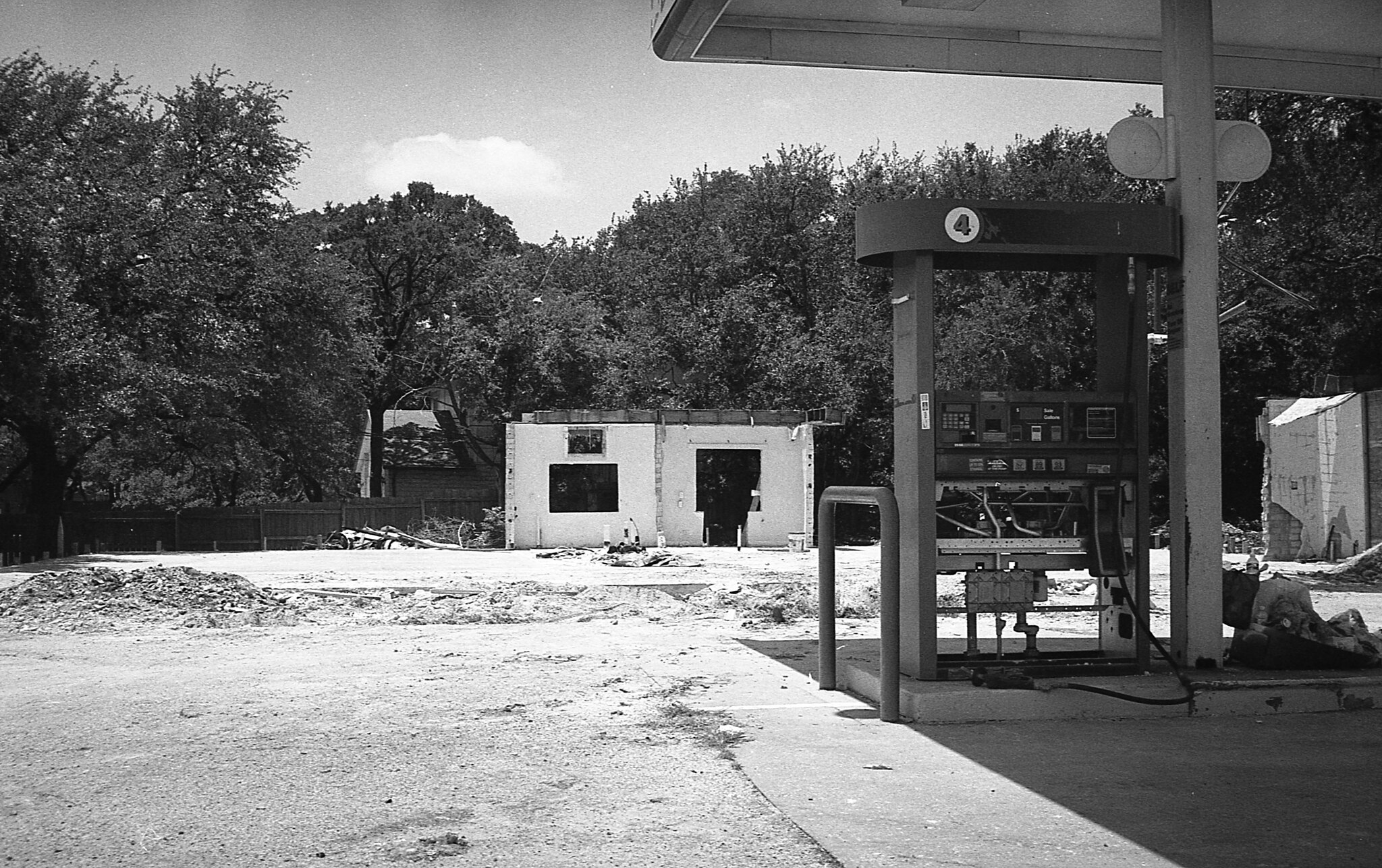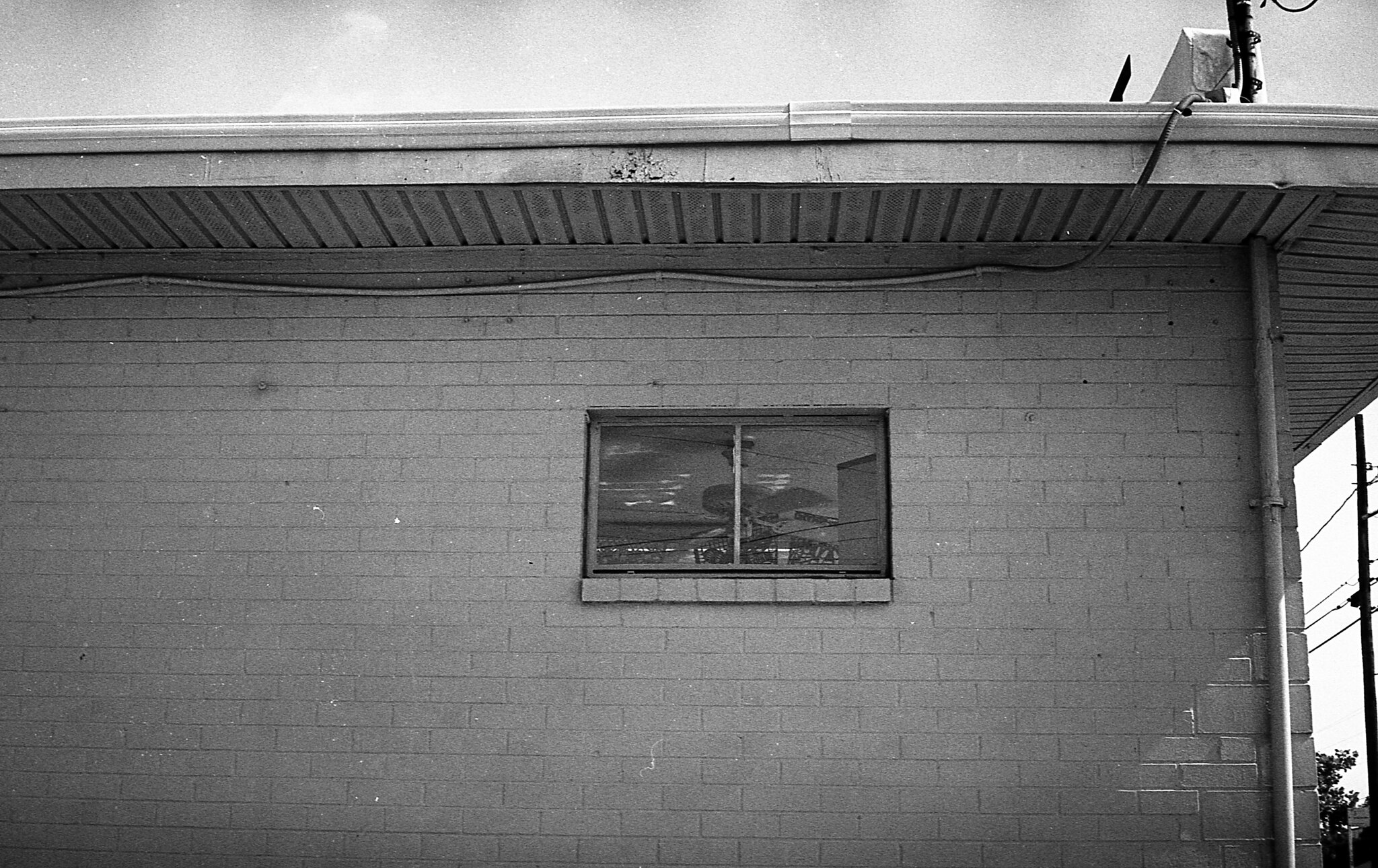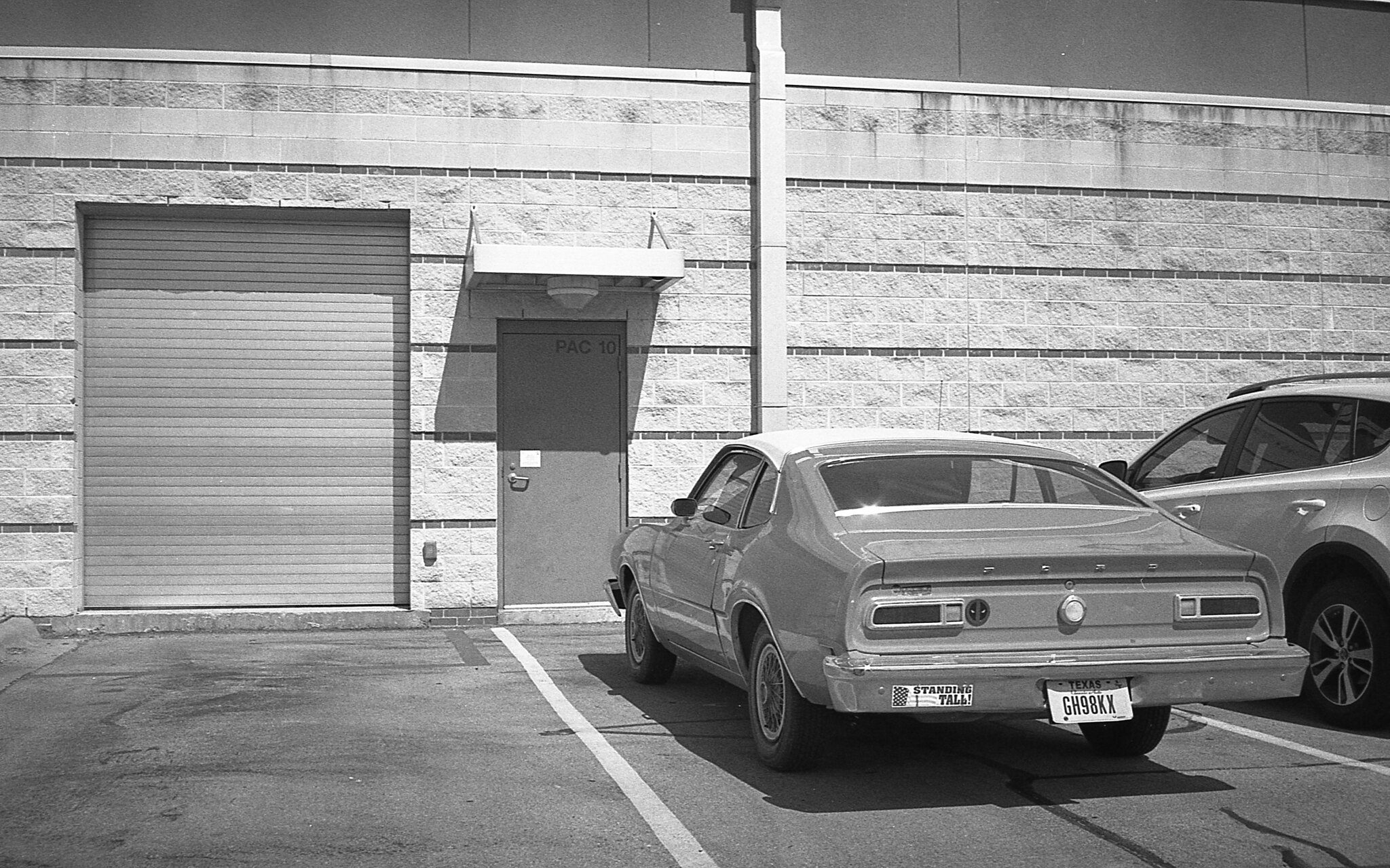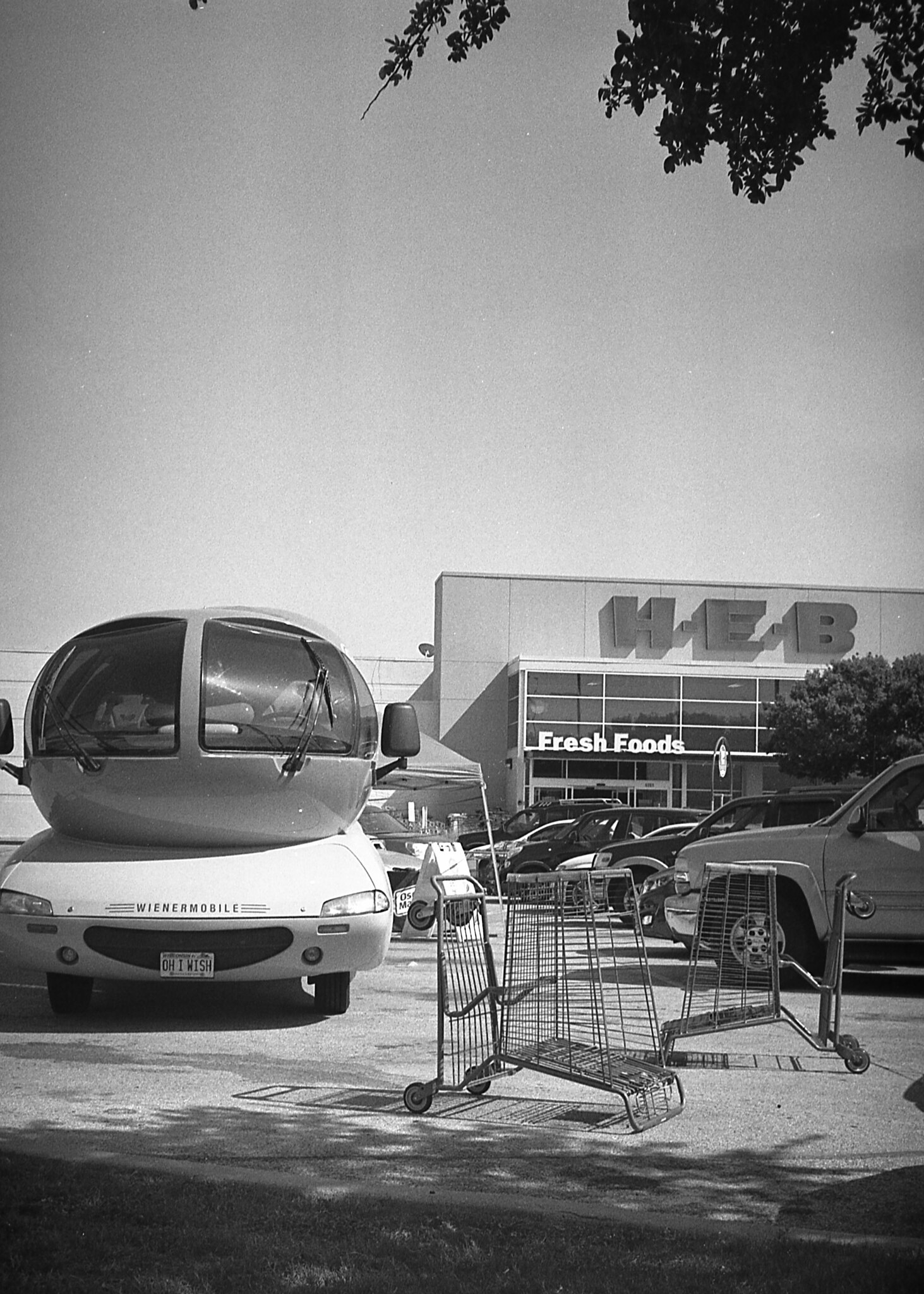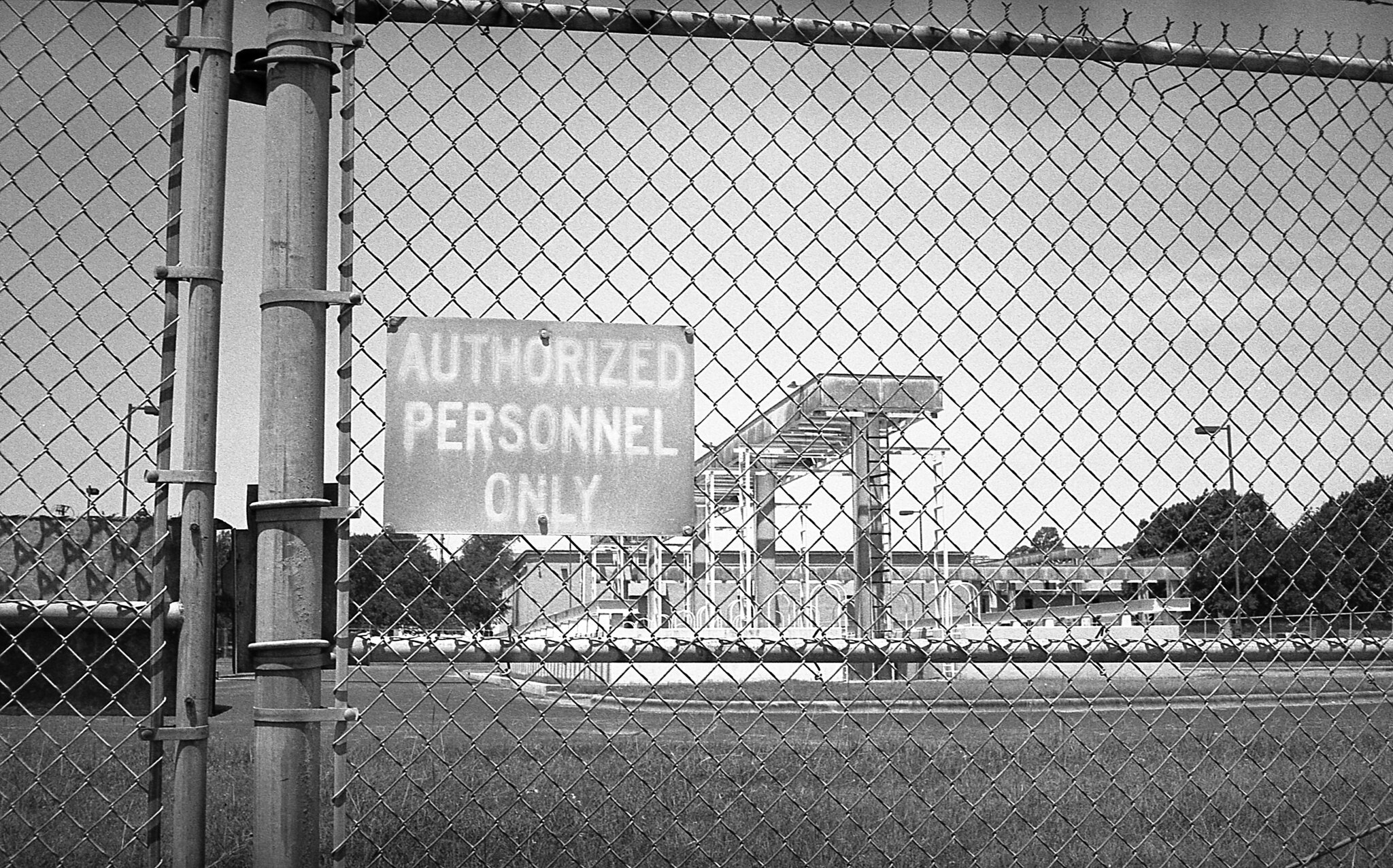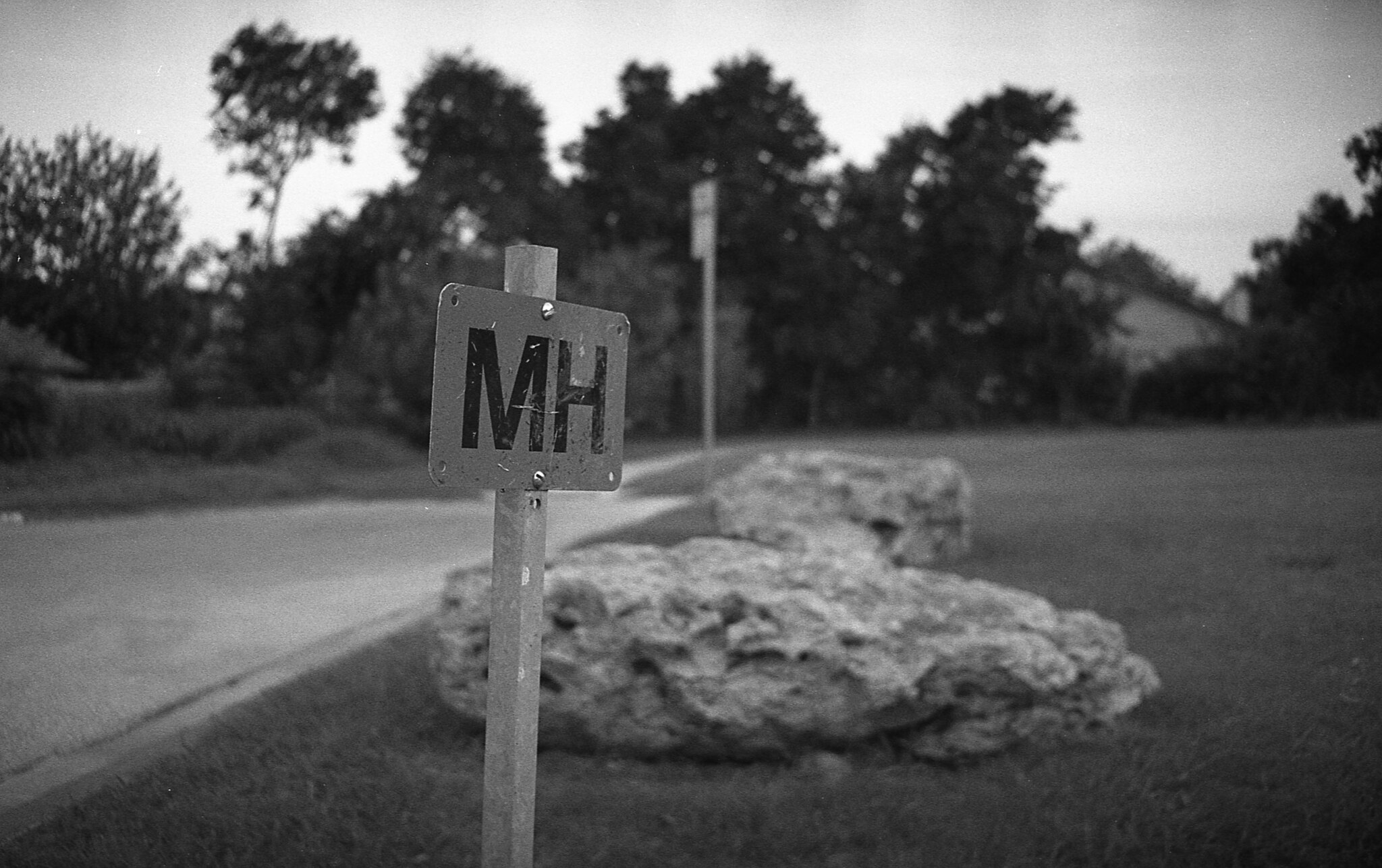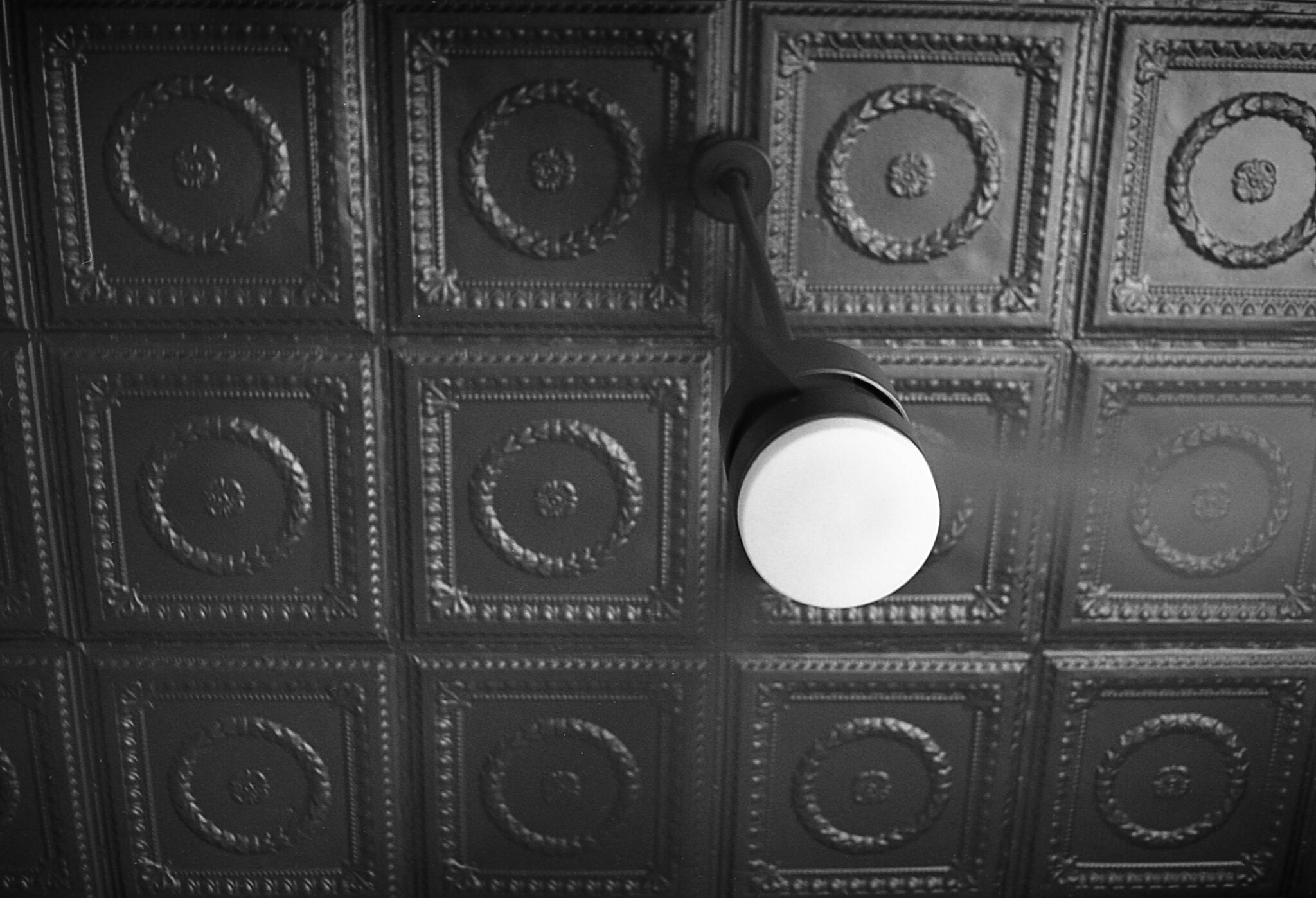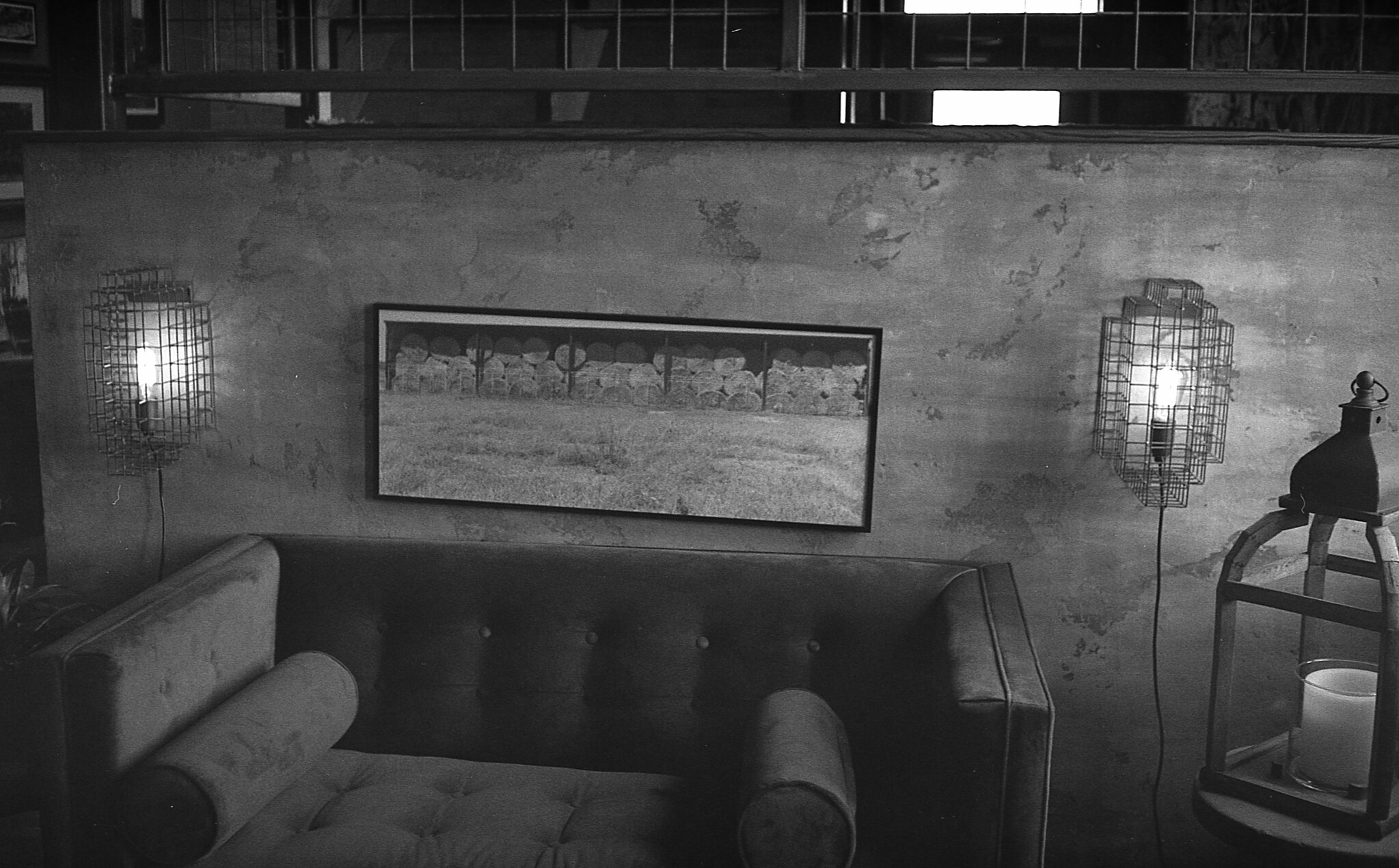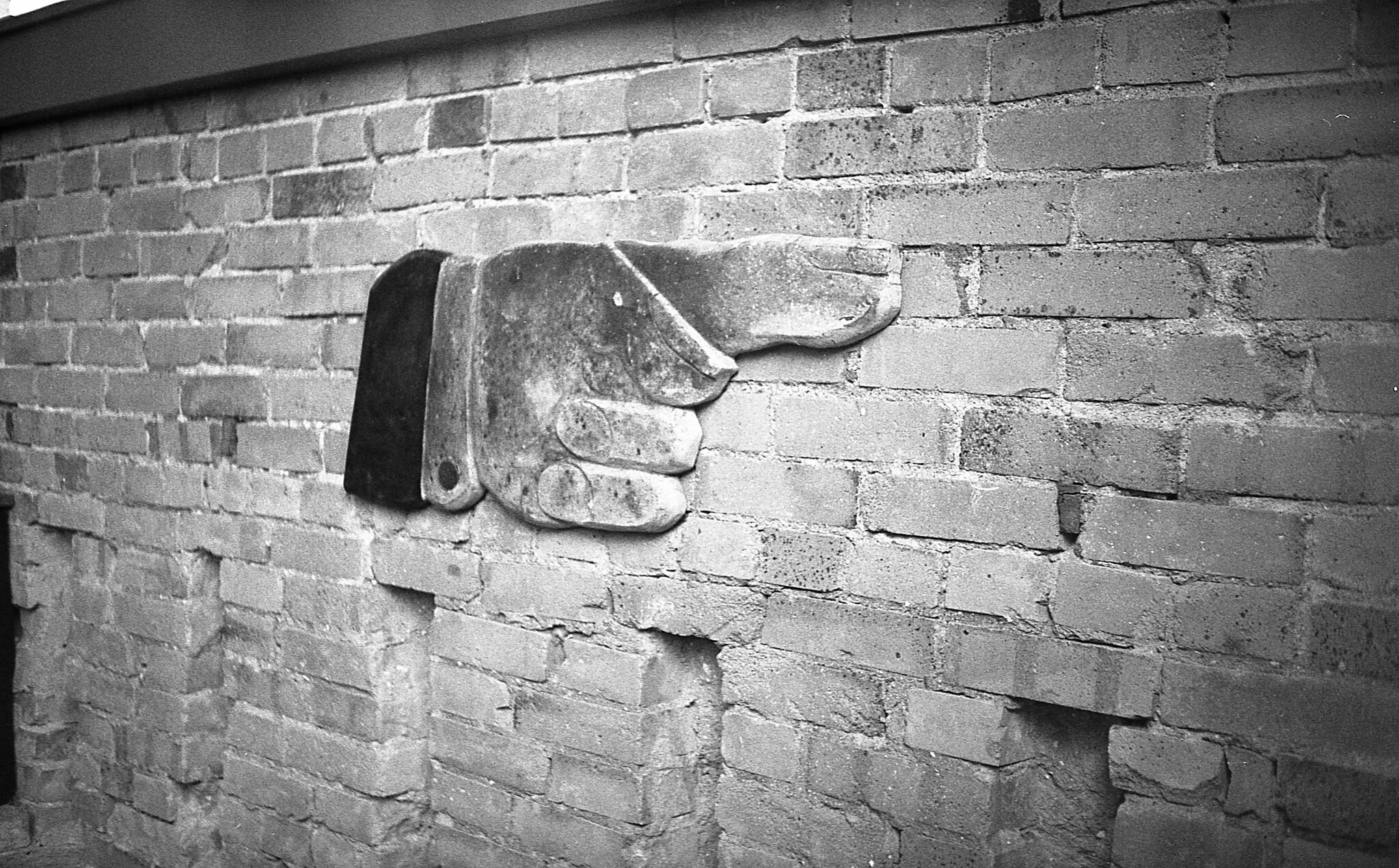But here it is--the Zeiss Ikon Ikoflex 1b.
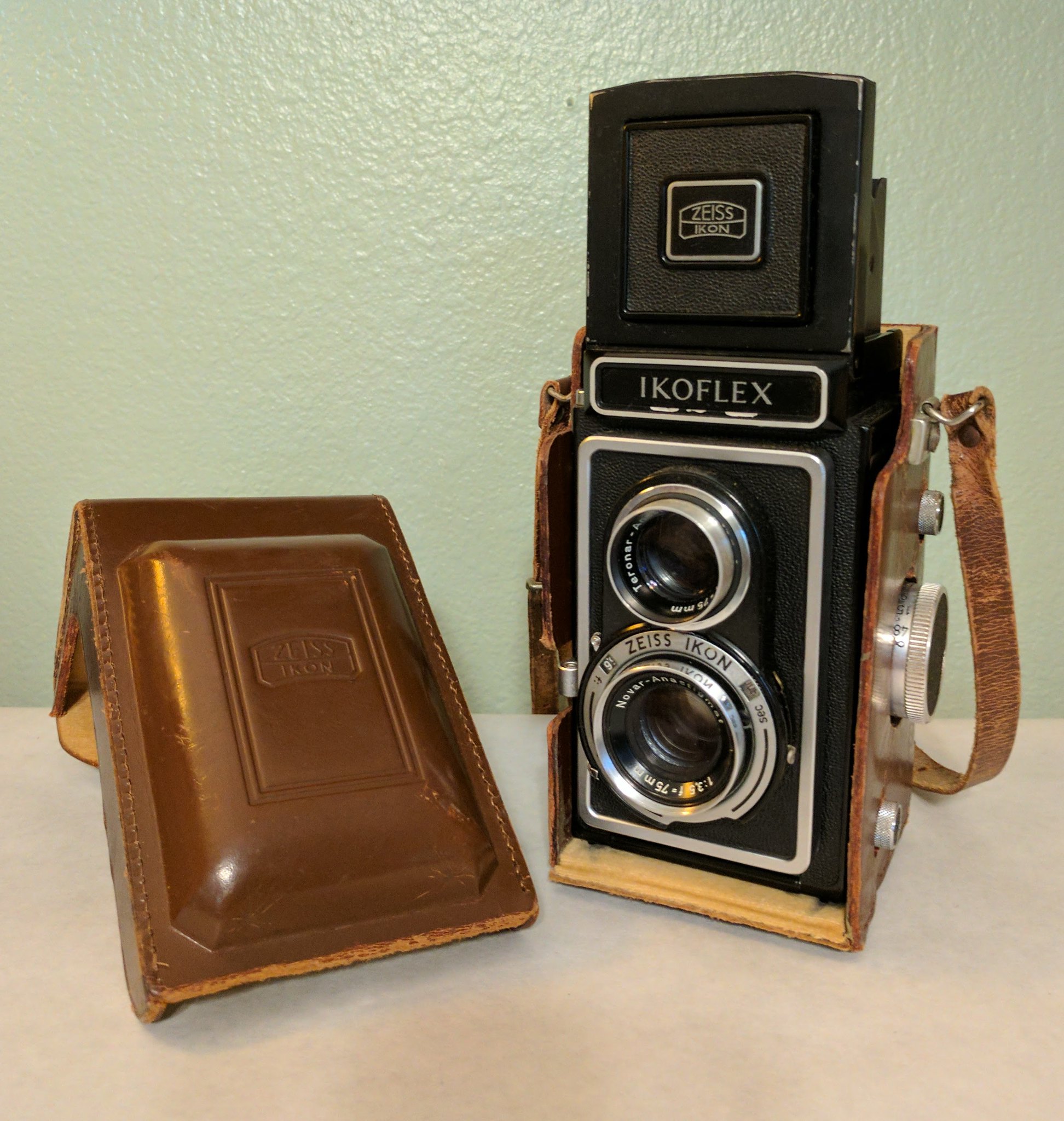
I really like this camera. It's well made and quirky but still easy to use. Luckily for me, I have the owner's manual so I'm able to get myself out of jam when I forget how to do things like load the film and set the film counter.
One of the quirky features is the left-handed focus adjustment. But it's smooth and easy to dial in your focus. I find myself flipping up the magnifier to fine tune my focus just because I don't always trust my eyes looking down at waist level. The shutter release lever is a barrel-shaped metal piece that flips out to the side before you're able to swing into action. You have to cock the shutter before snapping the picture. This camera has a film advance knob/counter on the right hand side of the camera. After you load the film and wind it to 1, you're supposed to only go by the camera's film counter. On this roll of film, it didn't properly advance a frame so I had double exposure on a couple of my shots.
The other thing of note on my copy of this camera is that the shutter is sticky at slower speeds. I've never tried to remedy this. I typically don't shoot at slower speeds but I did snap a few low light pictures this time around. One time, the sluggish shutter actually improved my exposure and produced a nice shot of the water tower lit up with Christmas lights--with a nice motion blur on a car passing by down below.
Overall, this is a very nice camera by Zeiss Ikon. Aside from the sluggish shutter, this camera is very capable of producing quality results.
Film: Kodak T-Max 100 (with the backing paper bleed-thru issue)
Developer: R5 Monobath Developer (really old--I've been using this batch since last November)
Scanner: Epson V550
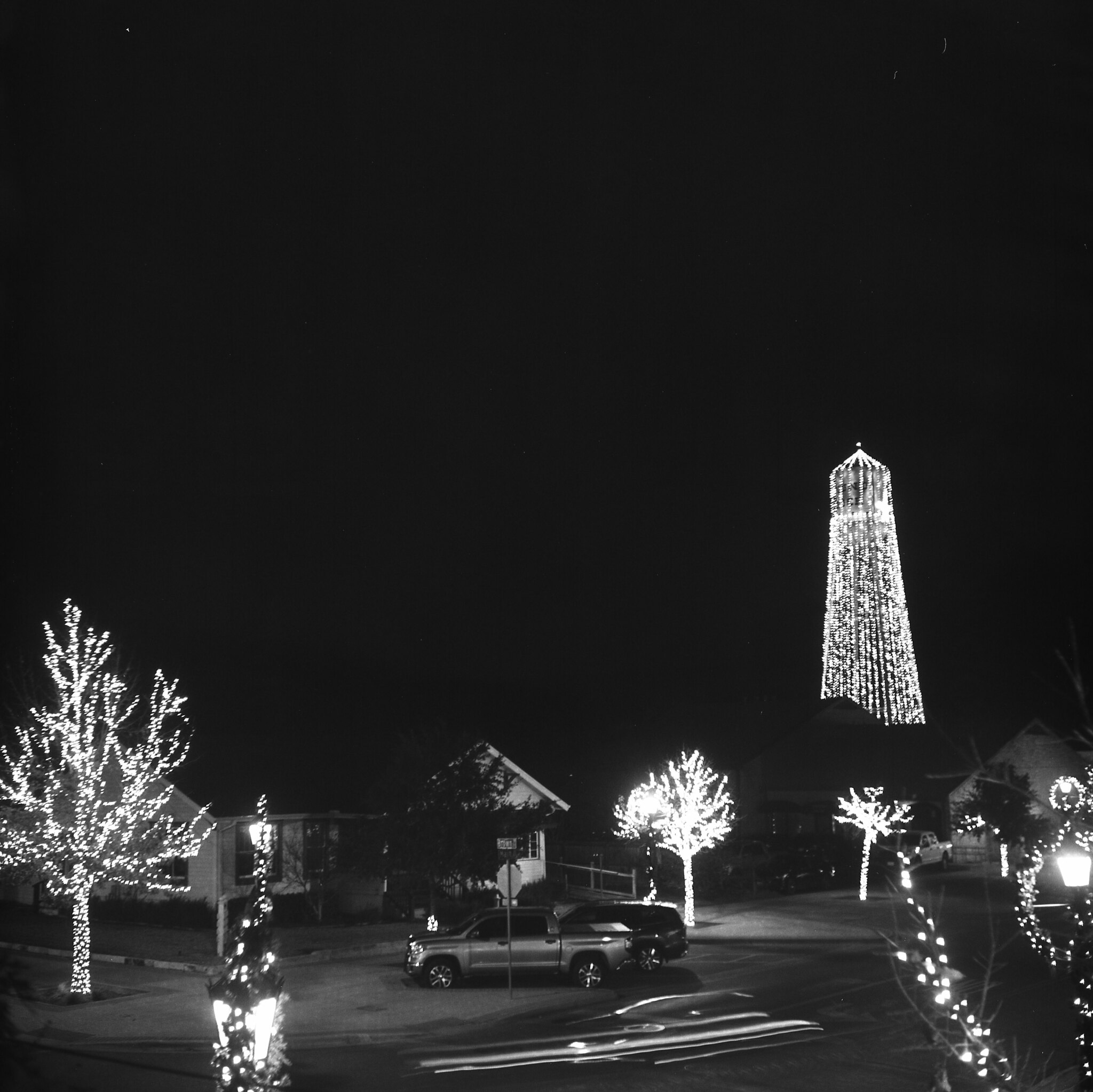
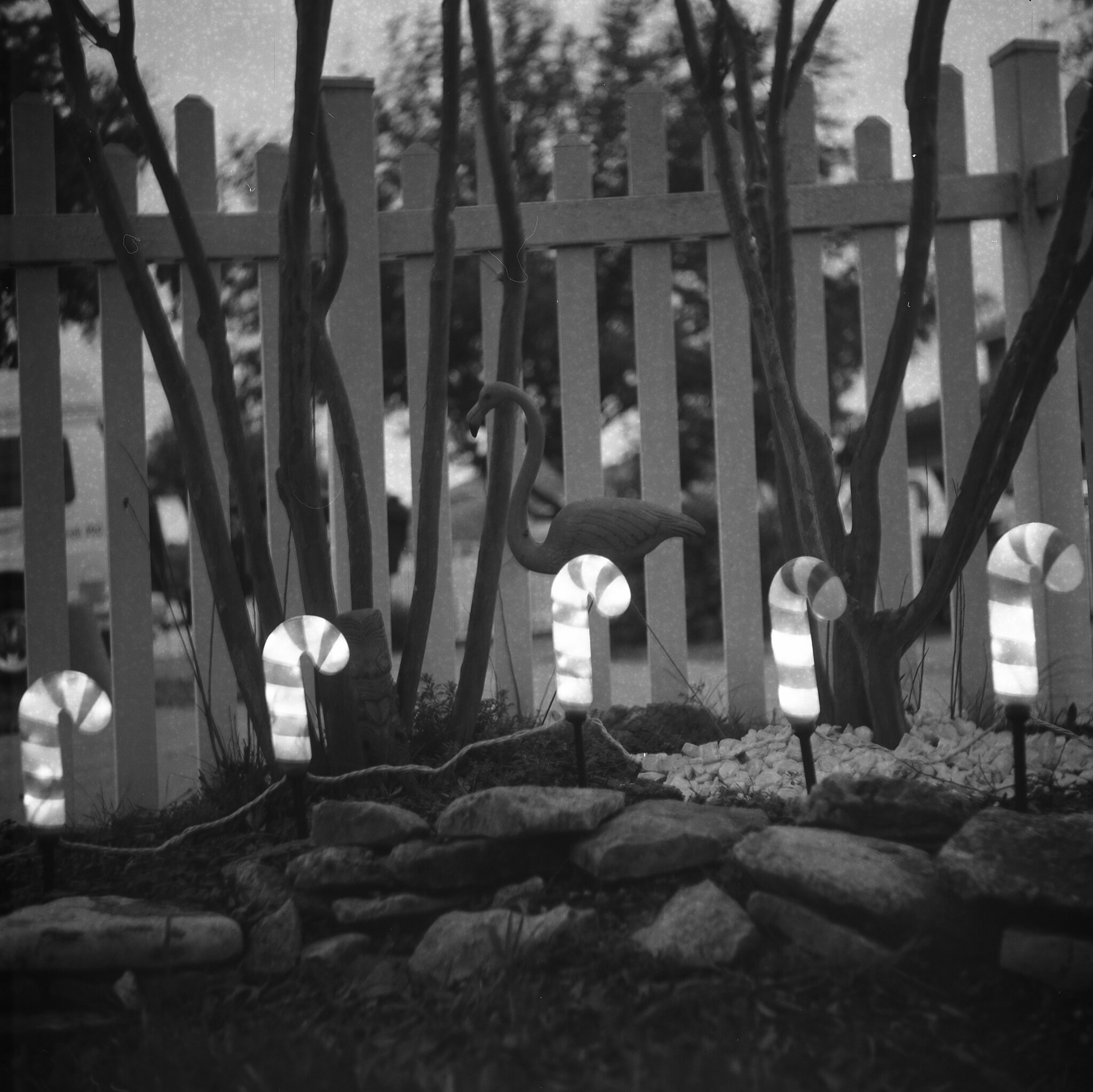
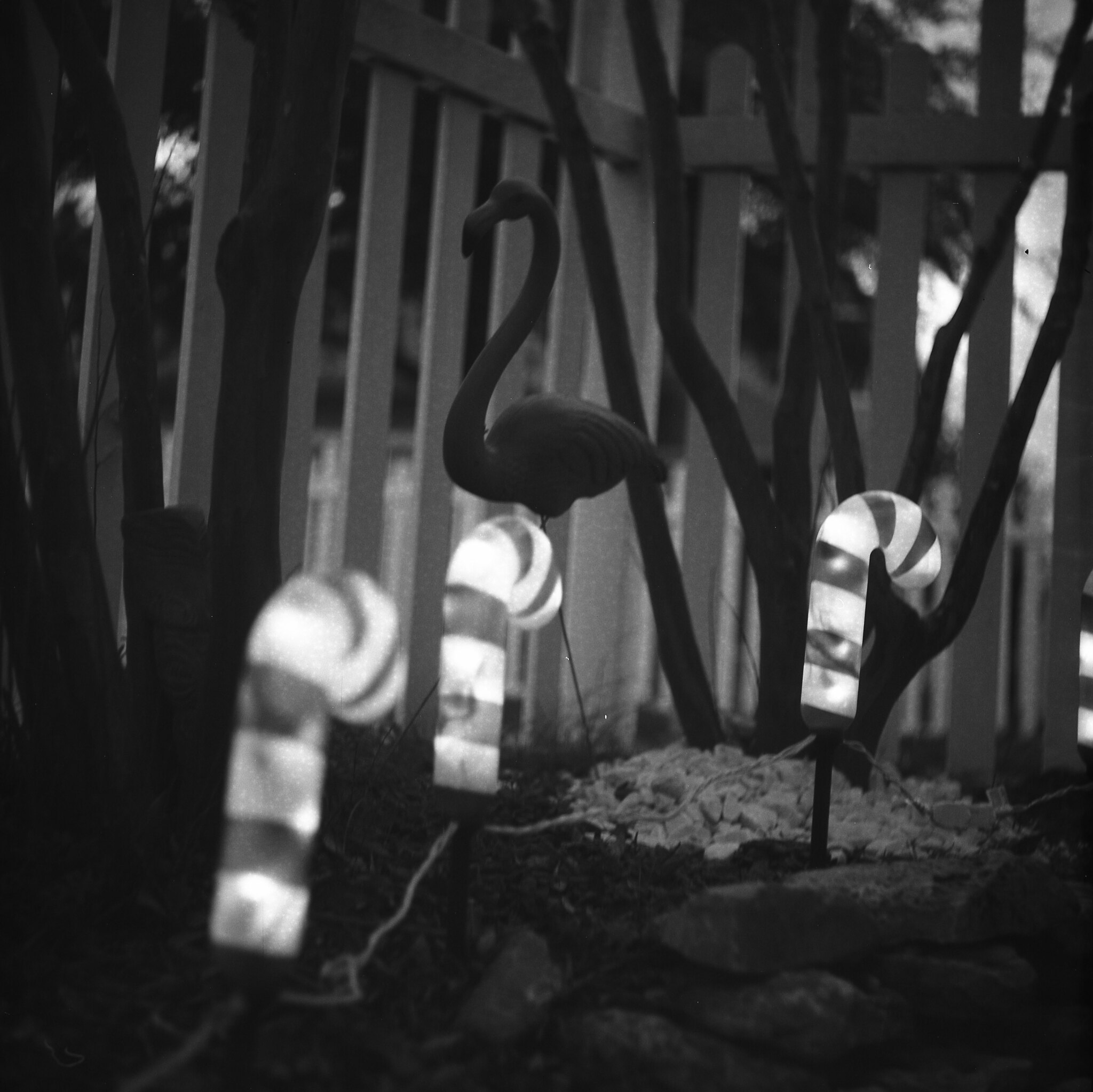
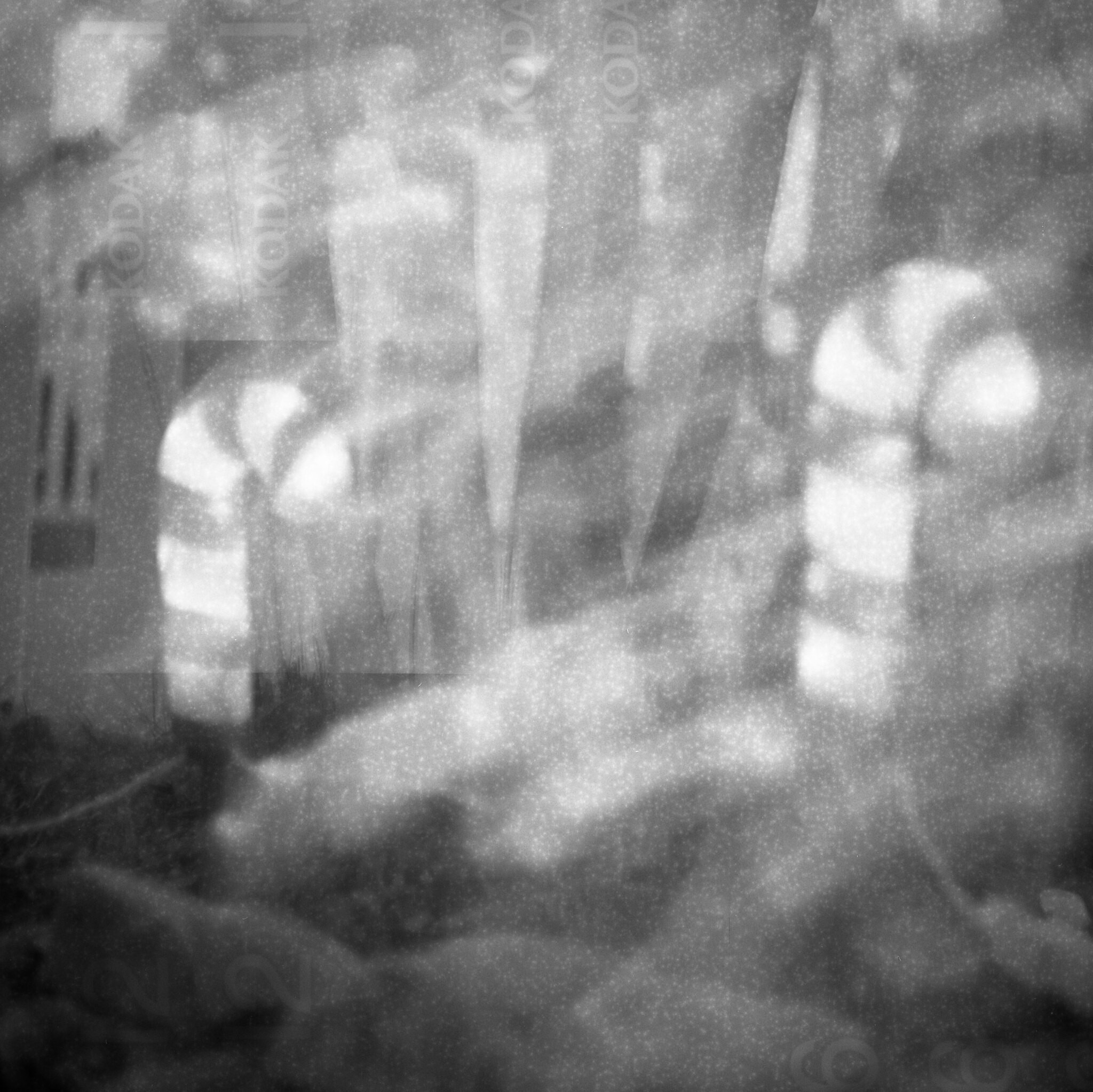
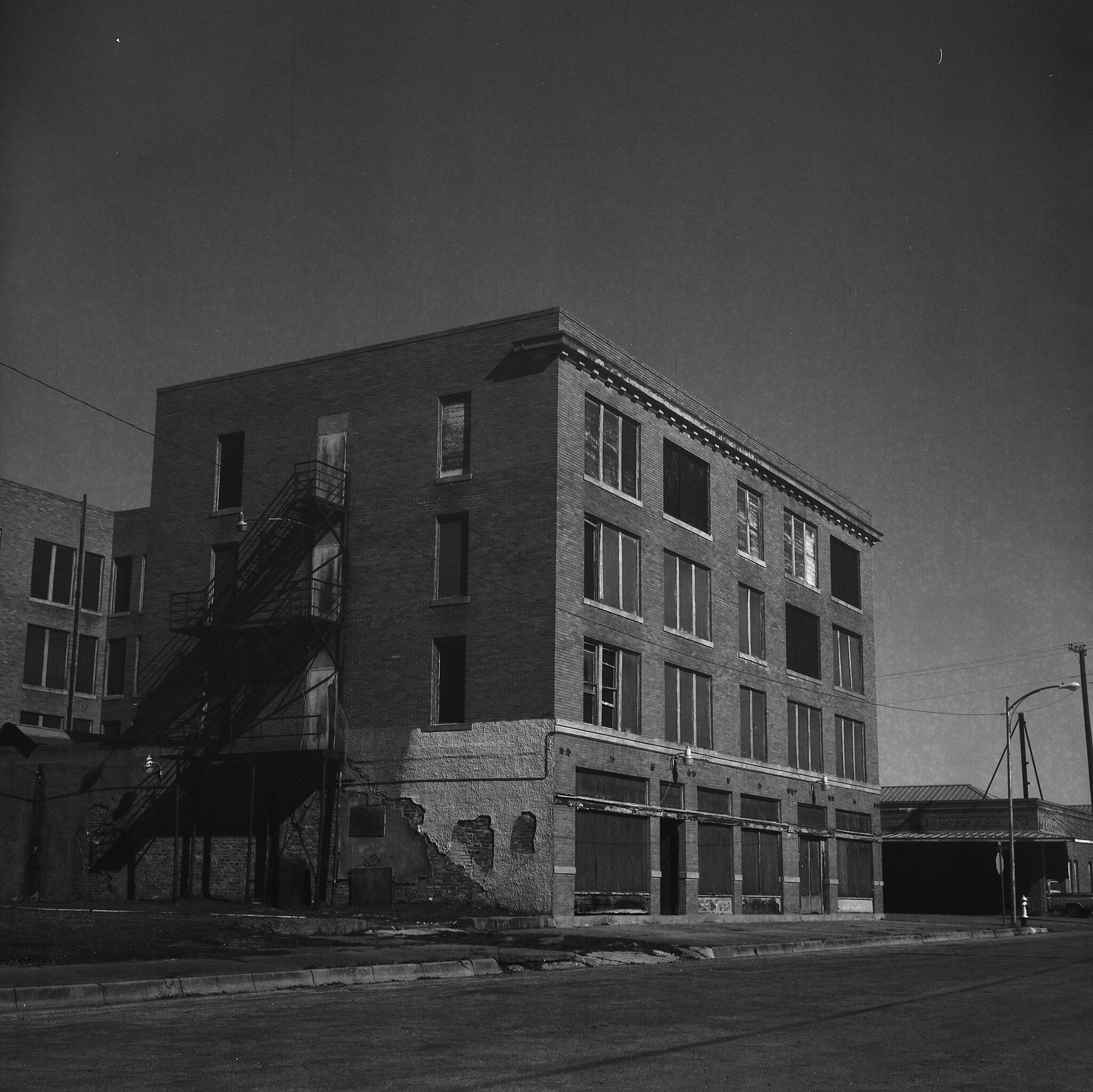
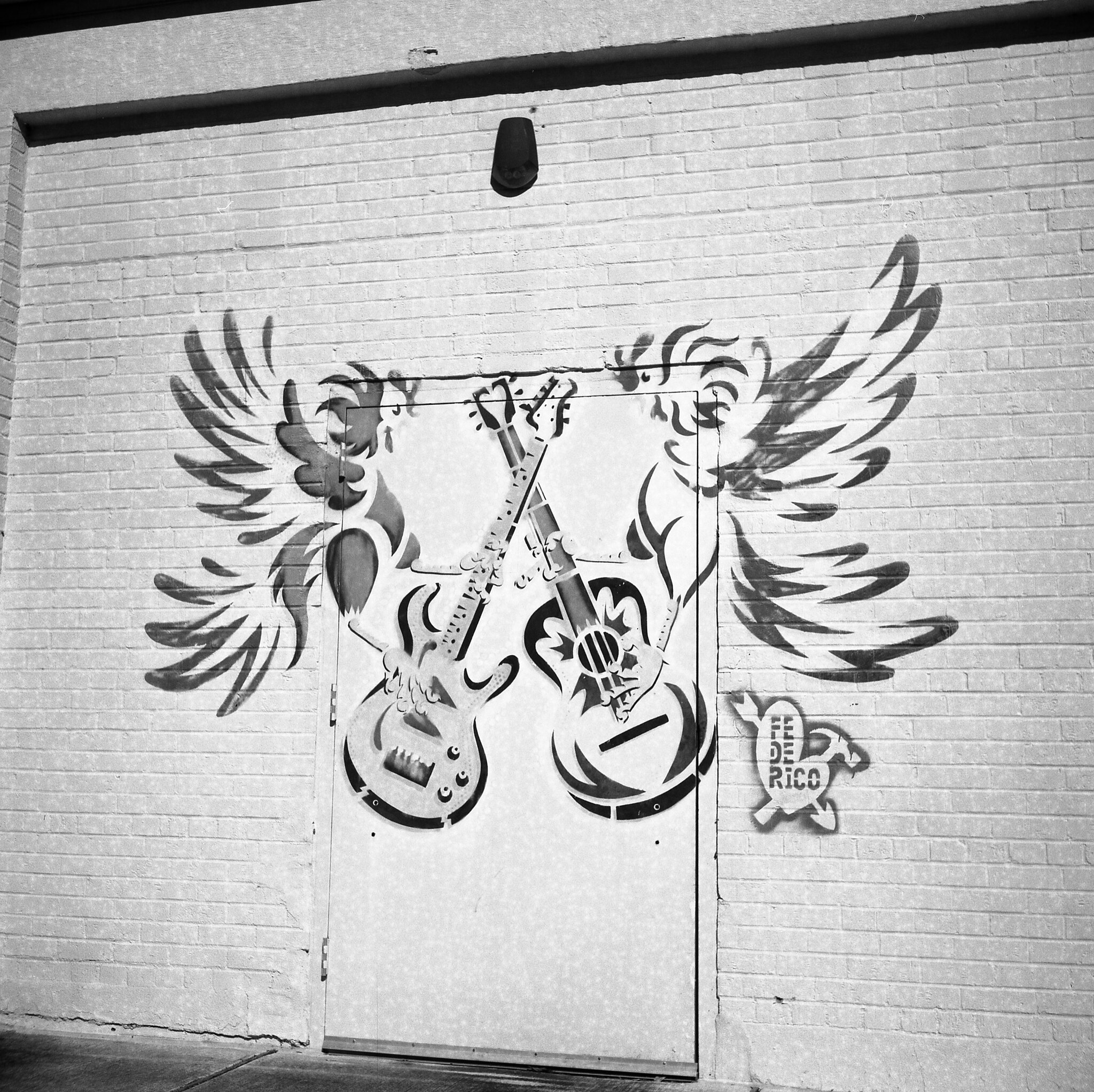
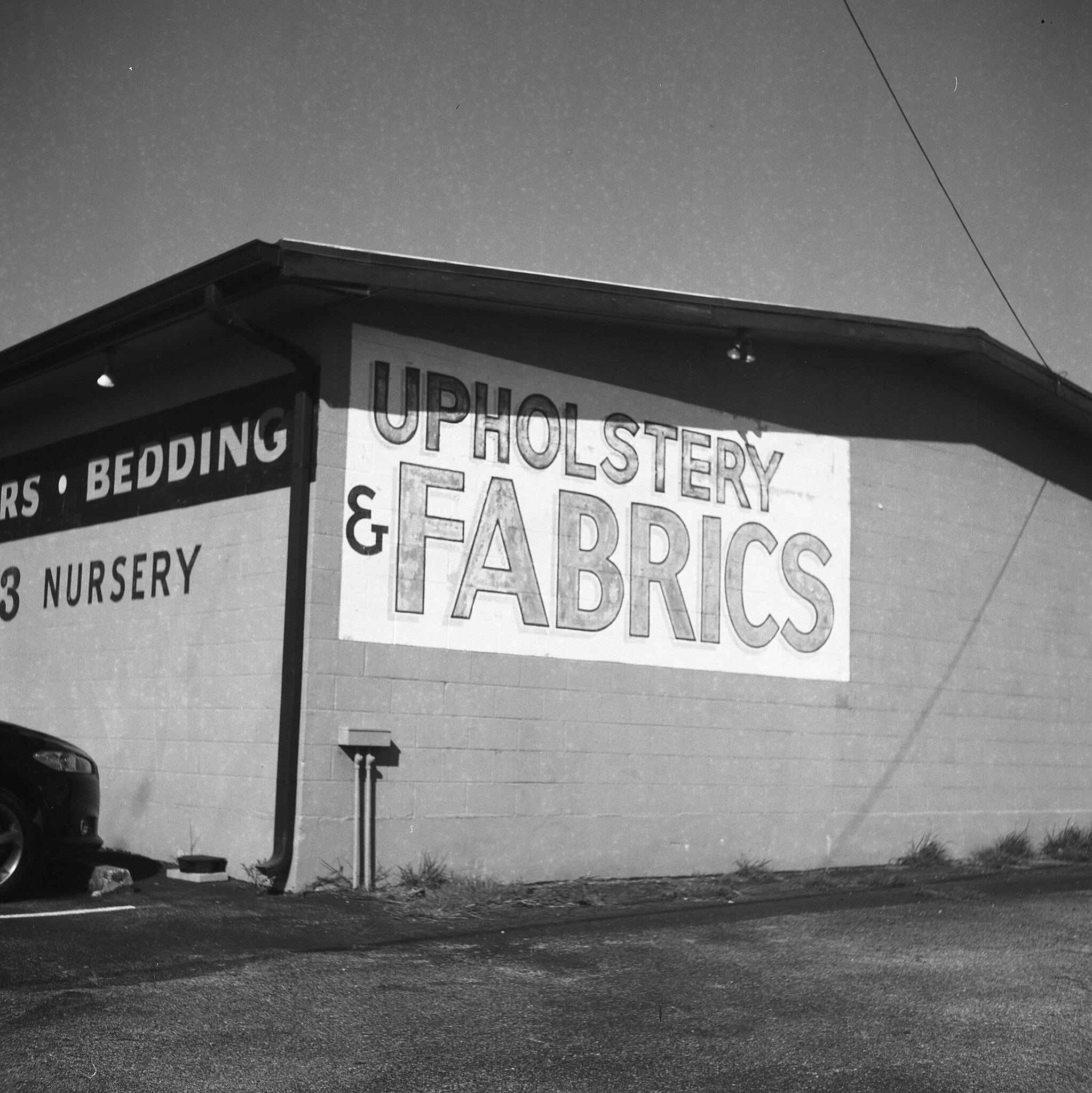

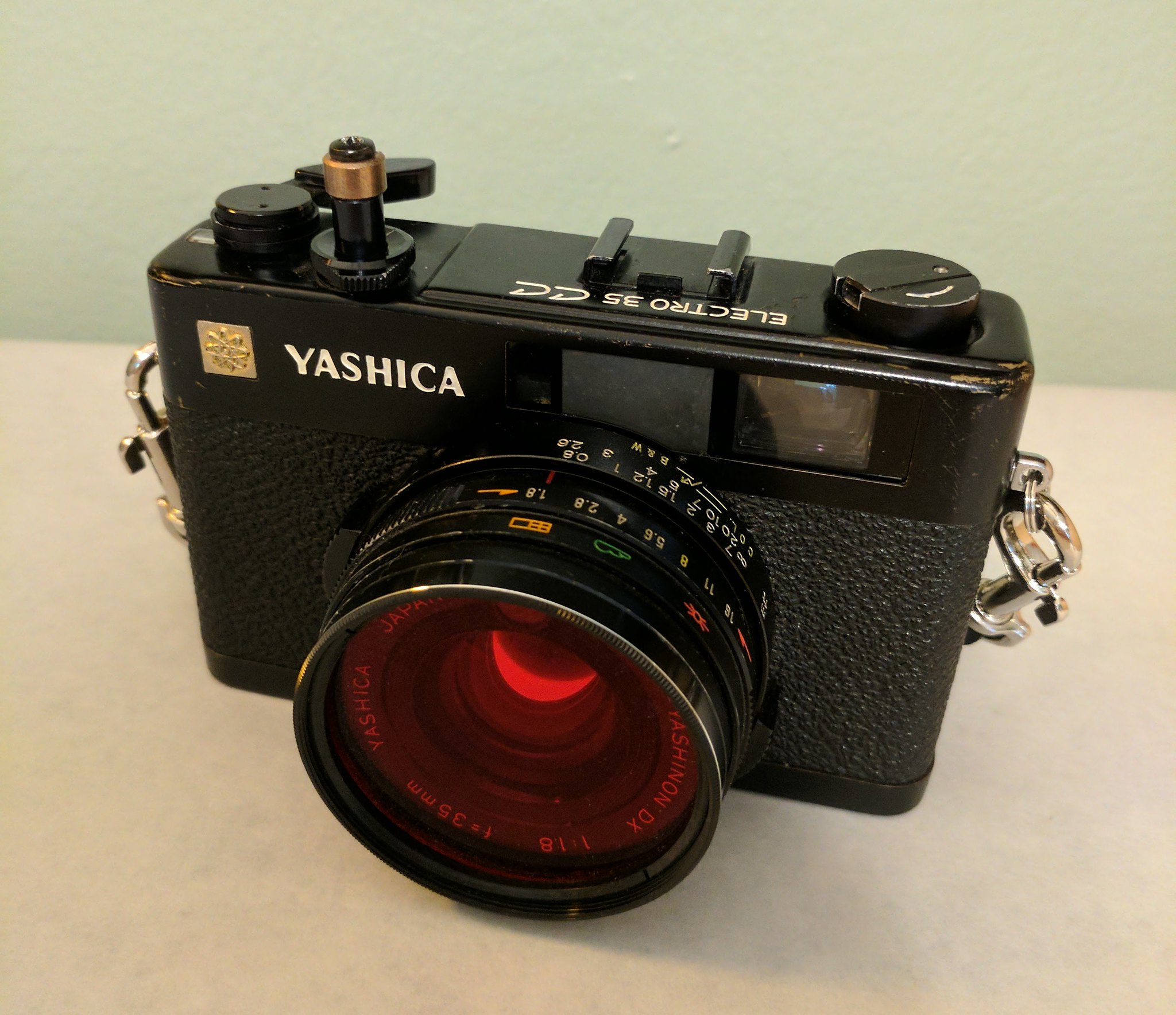
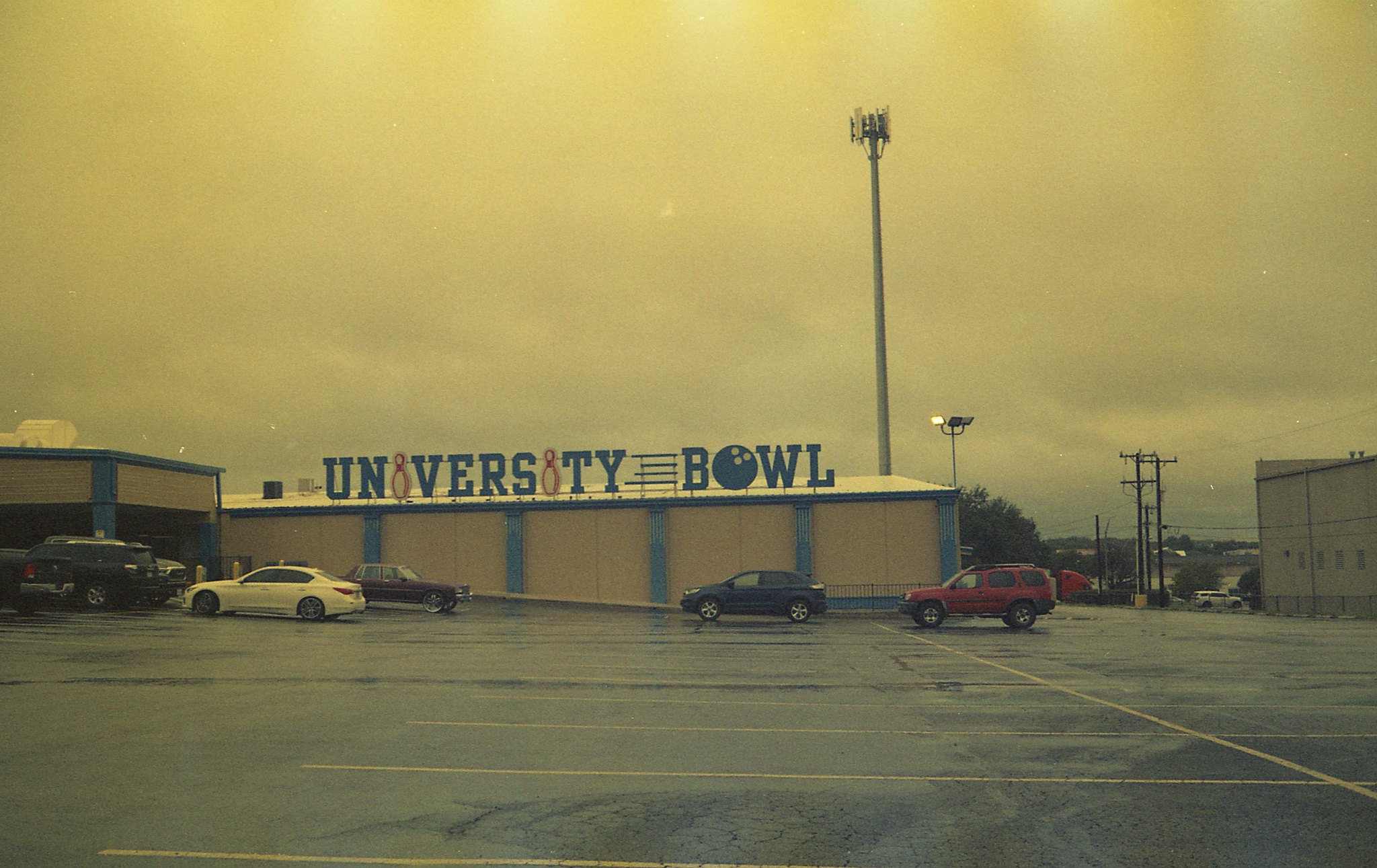
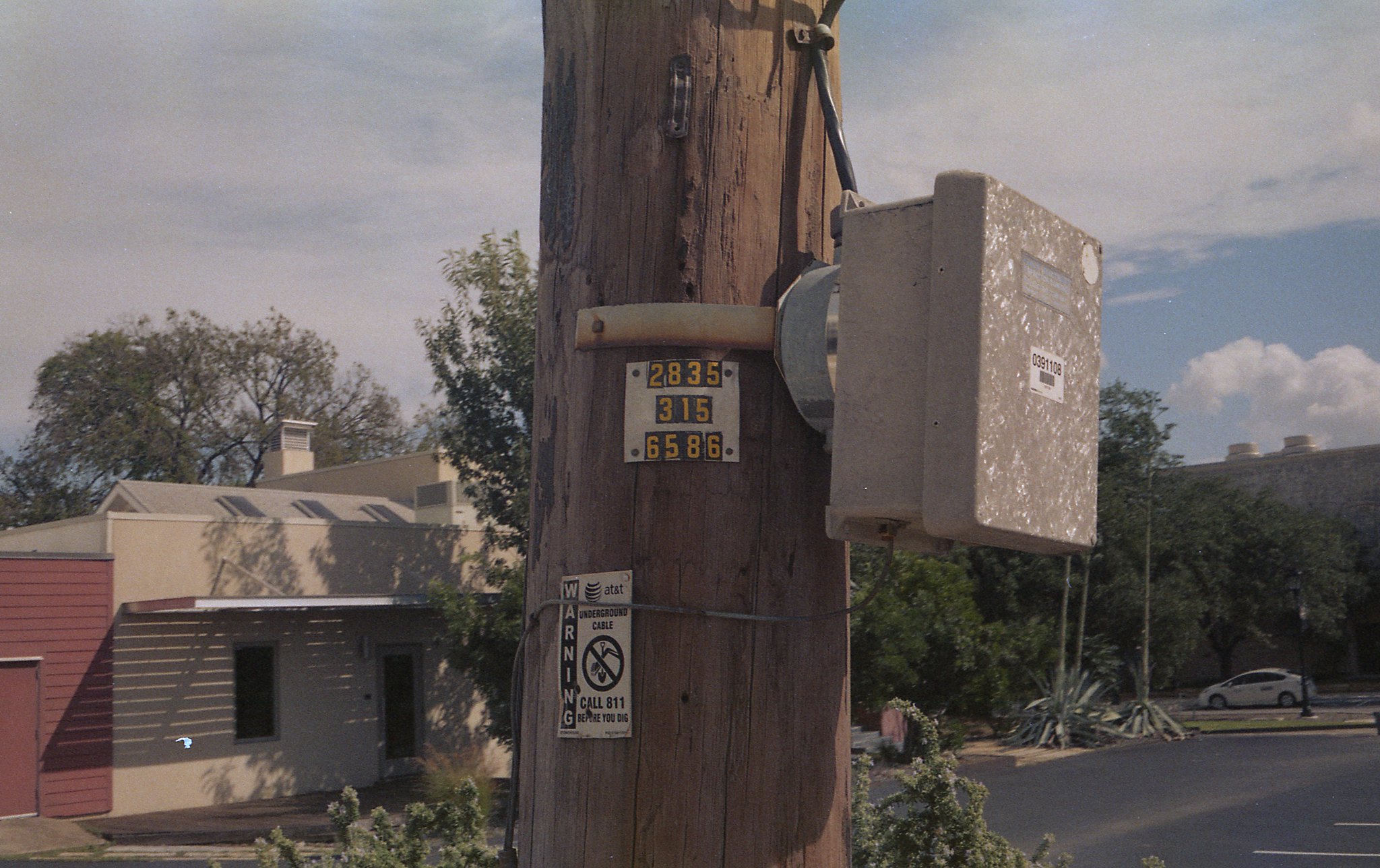
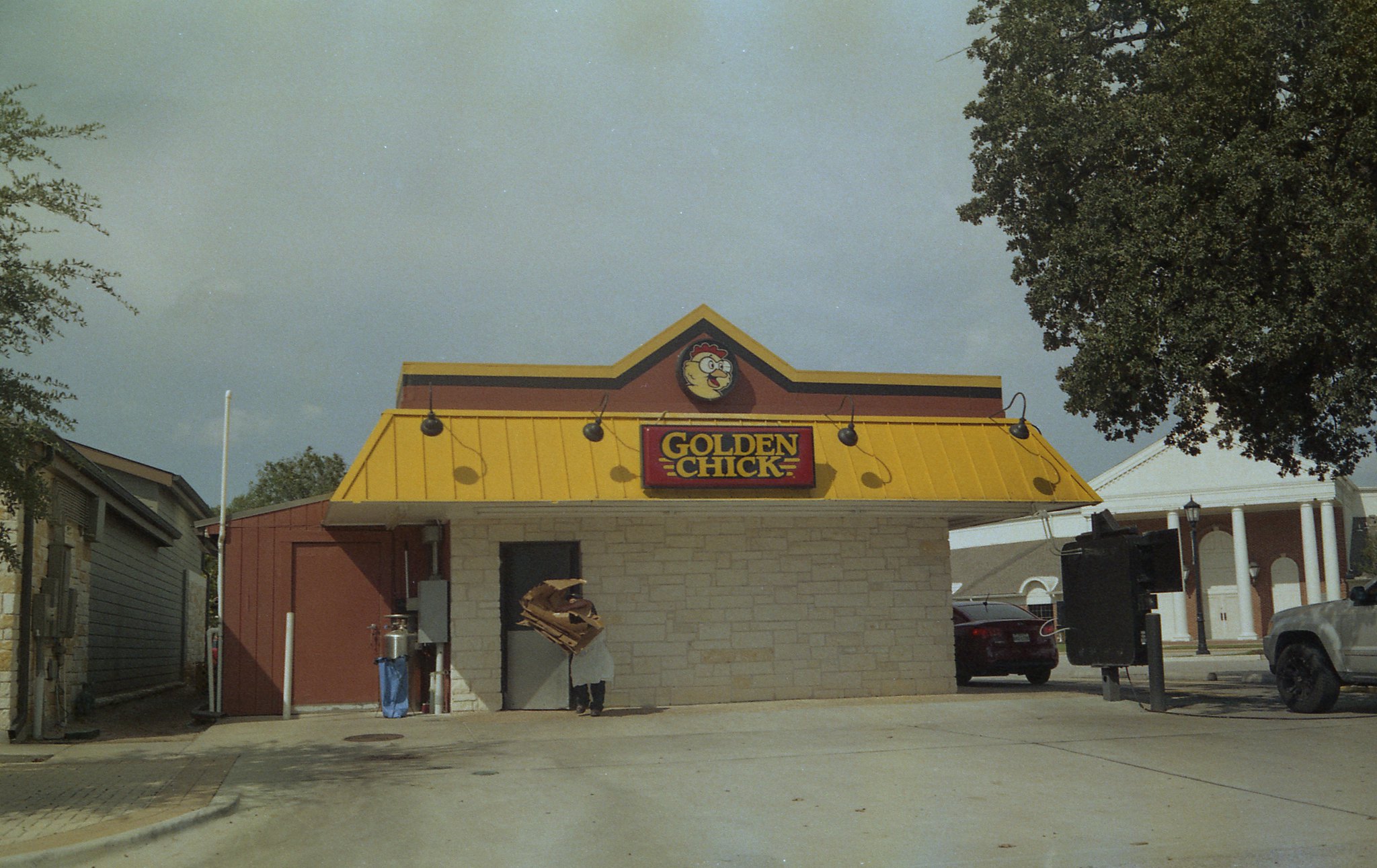
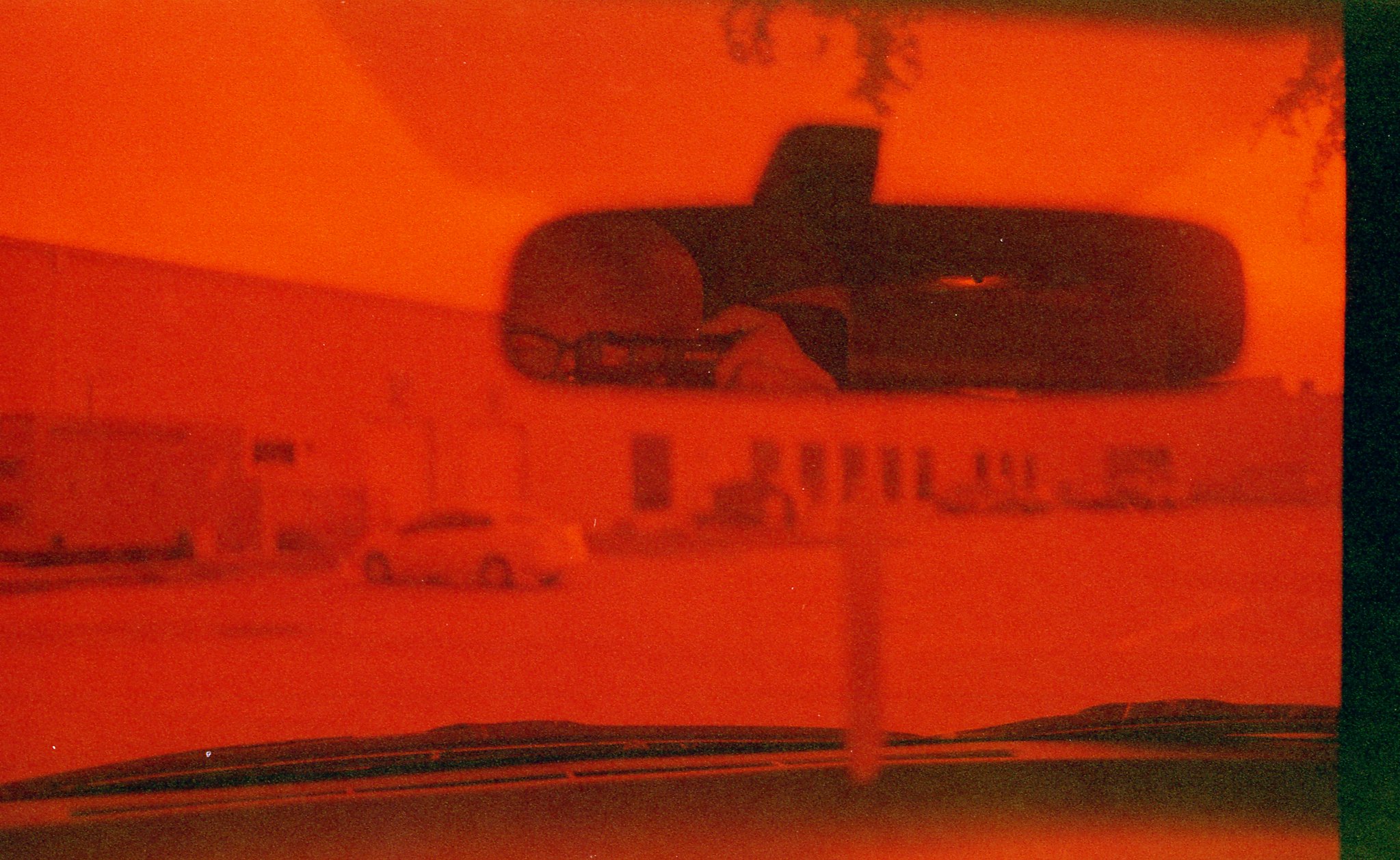
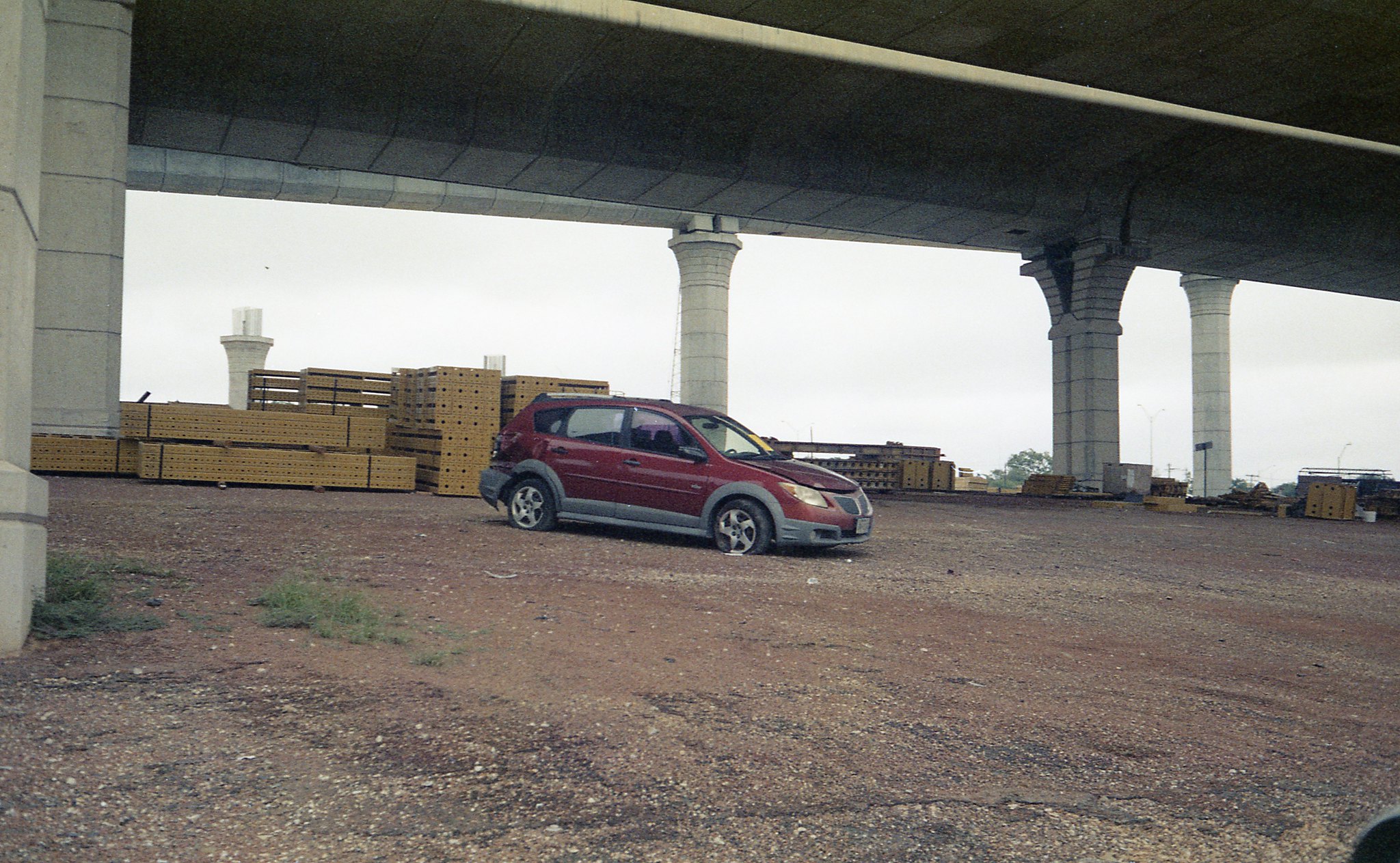
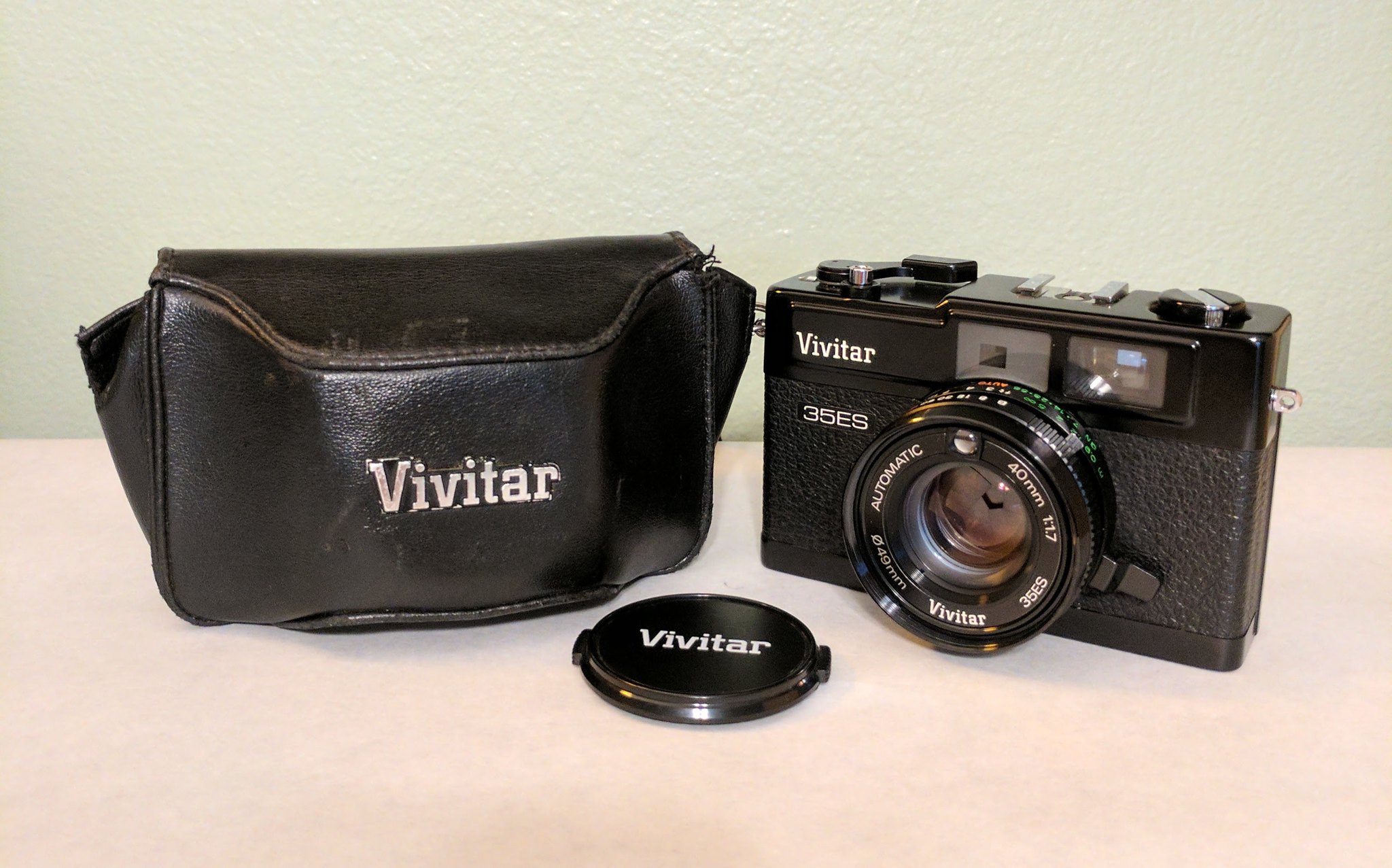
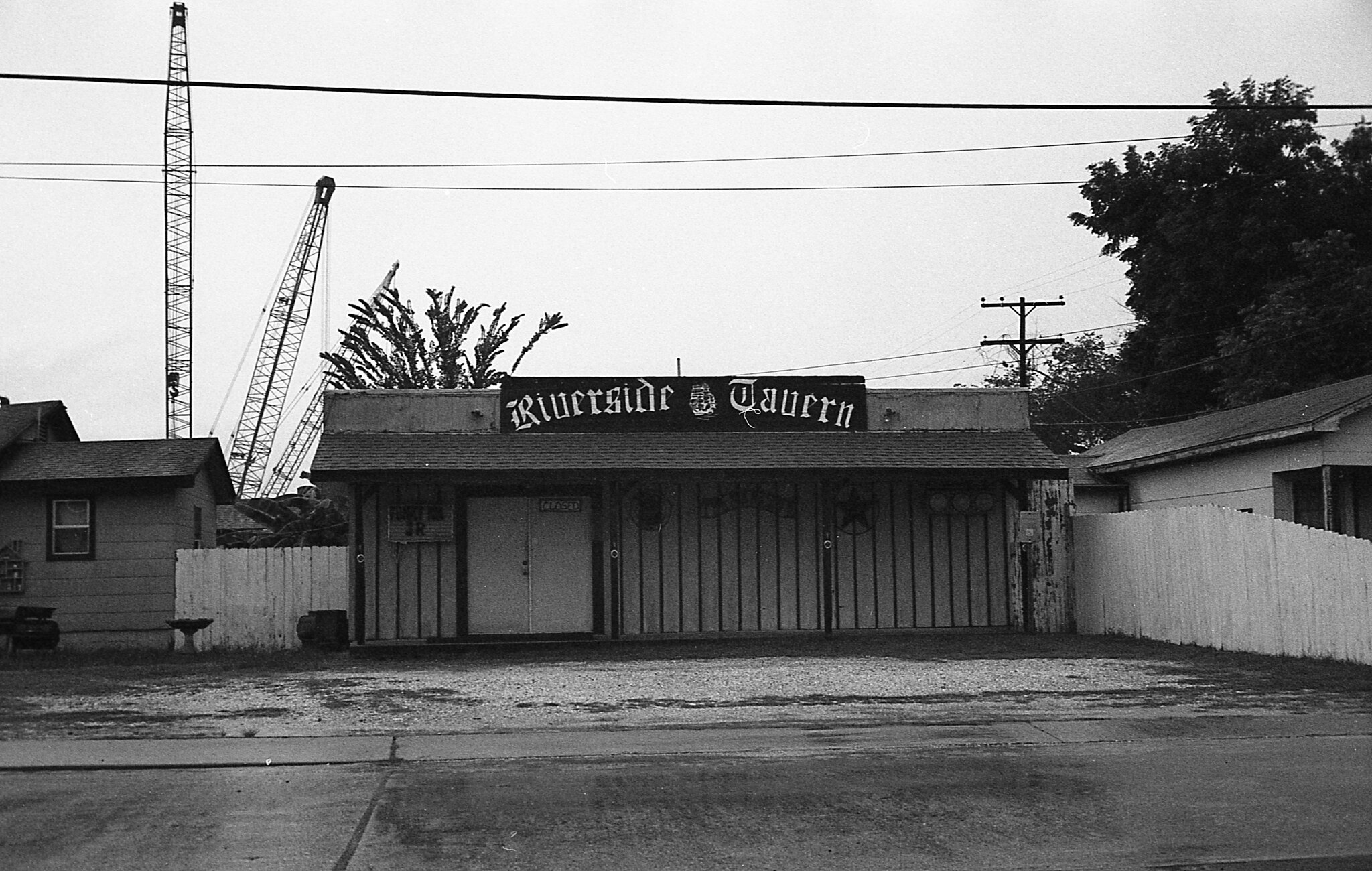
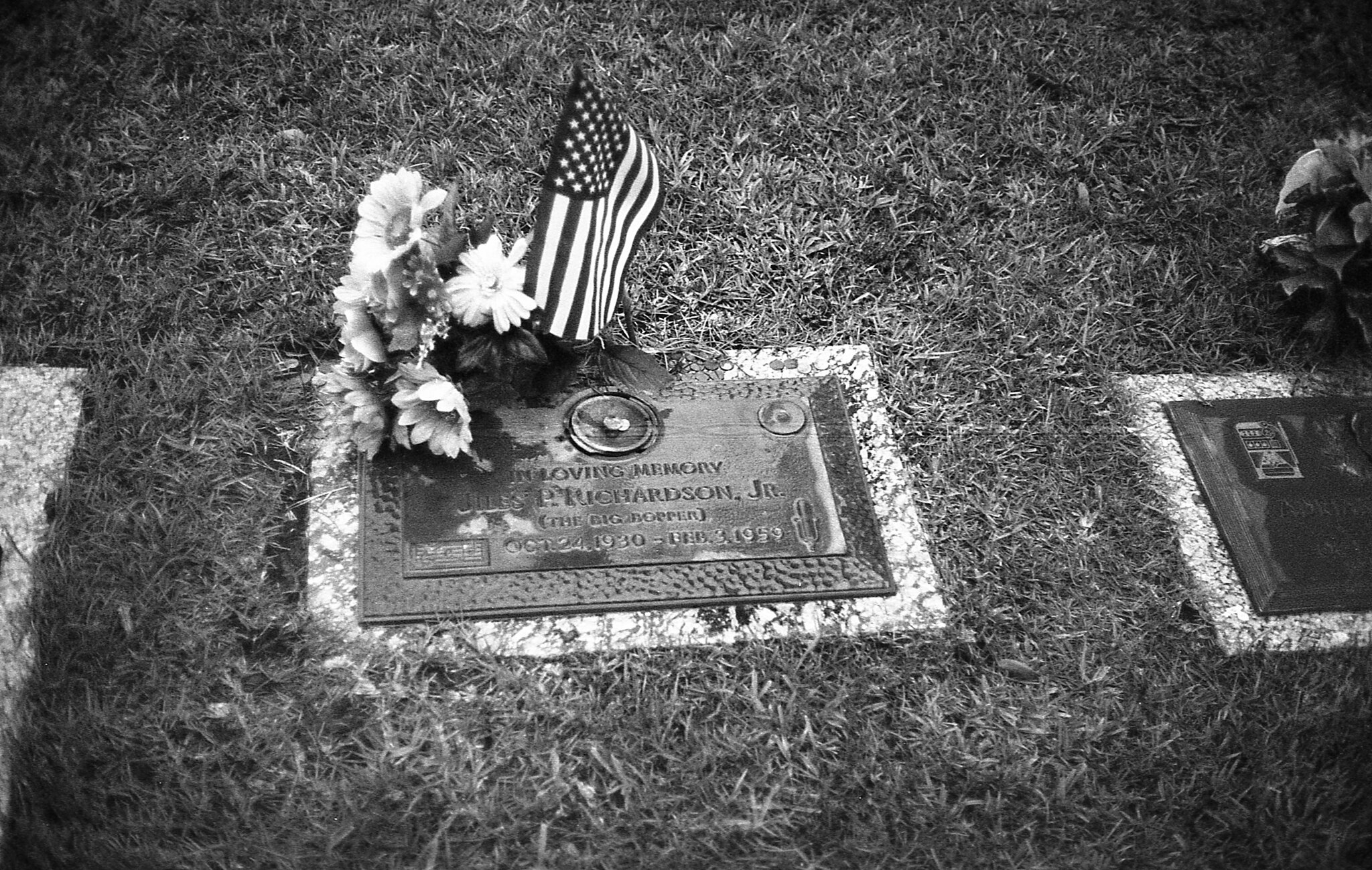

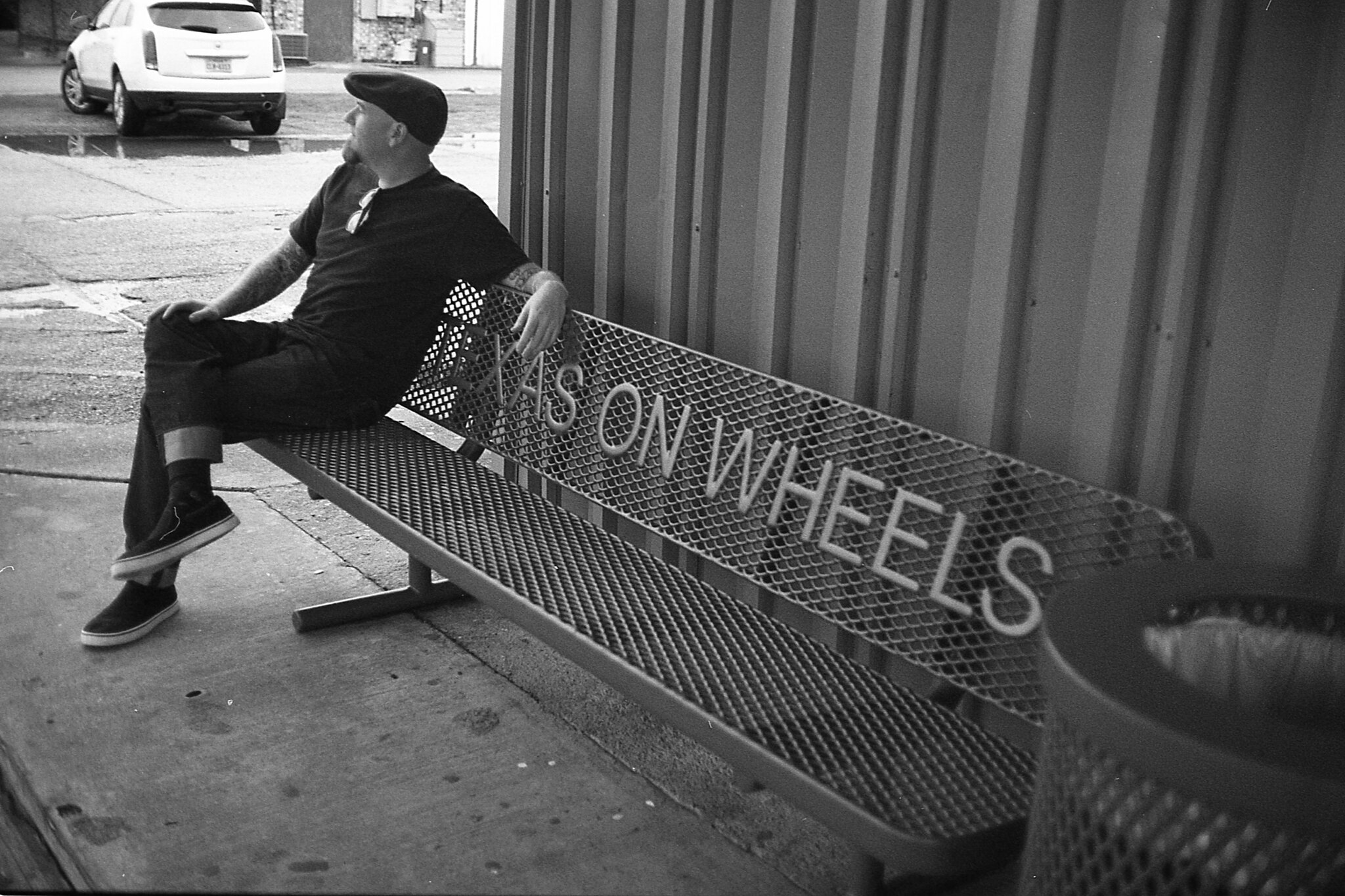
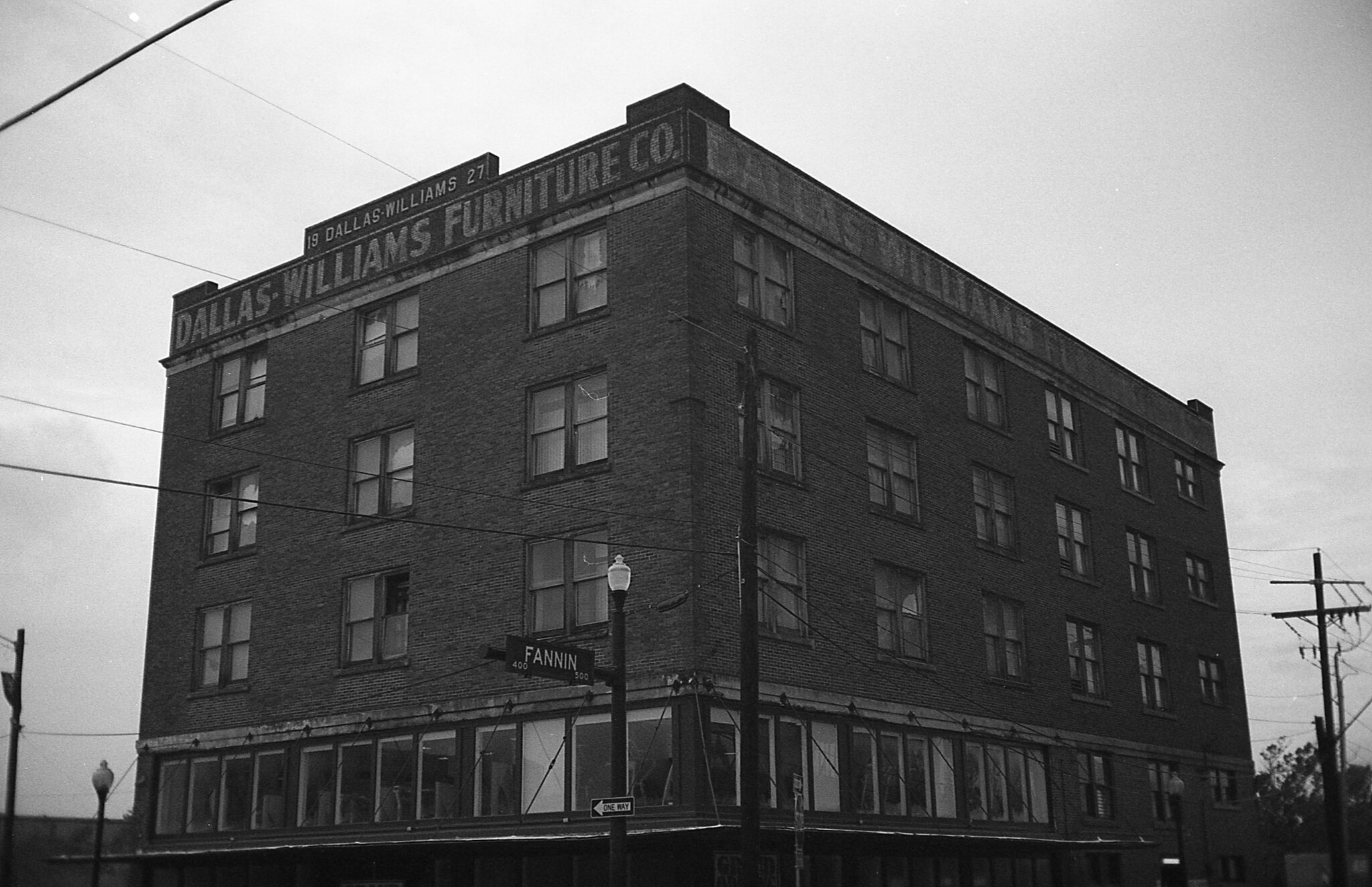

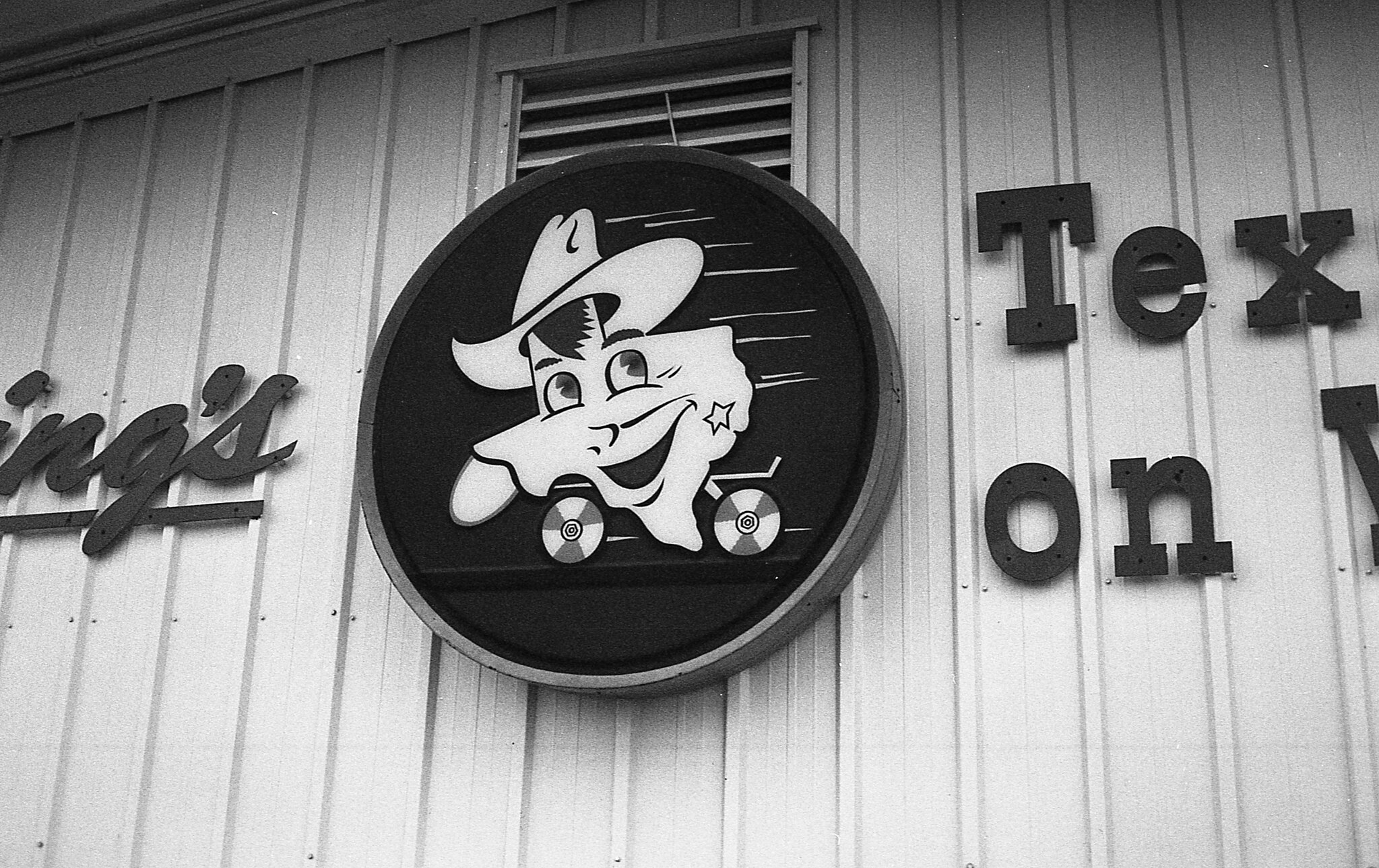
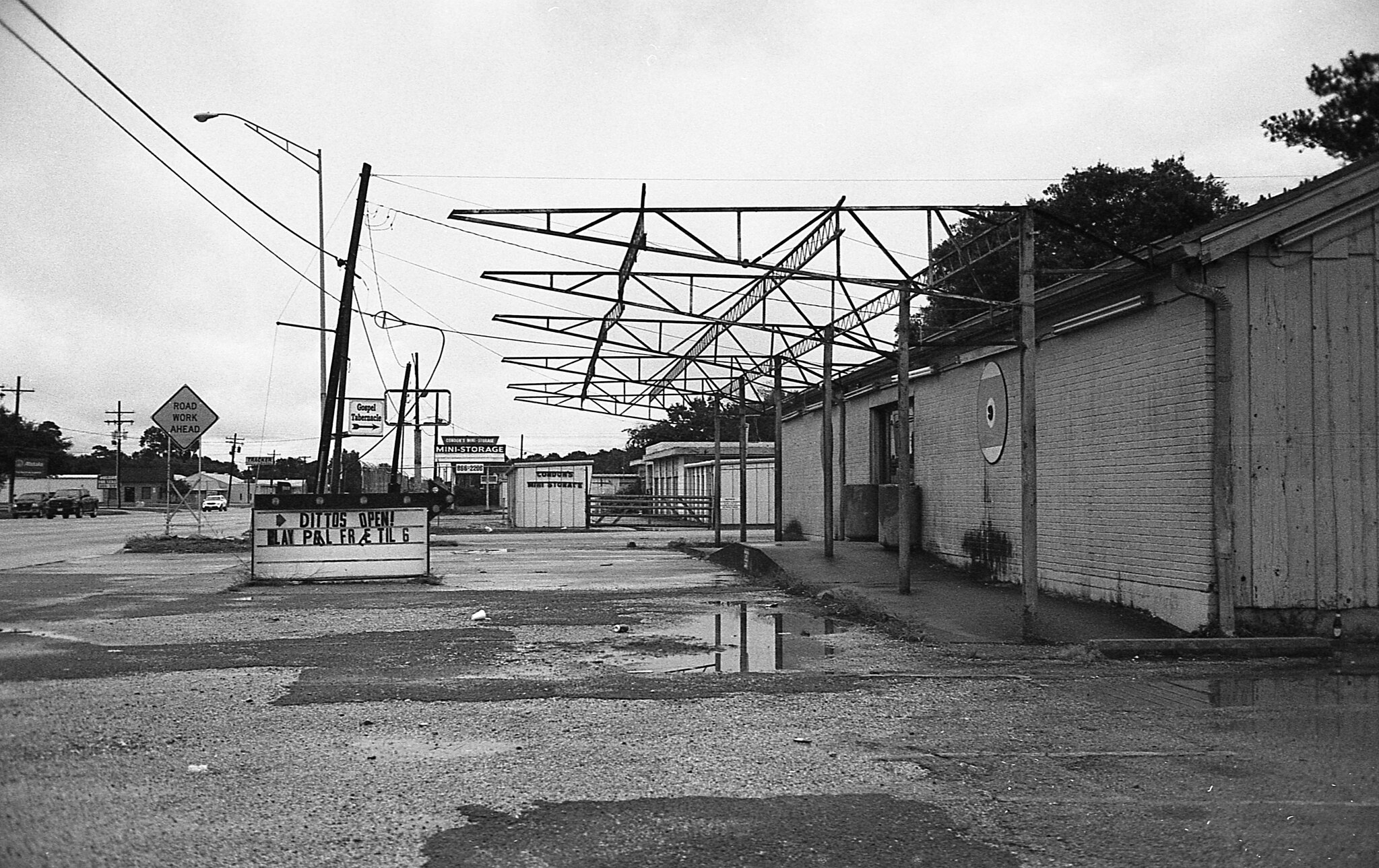
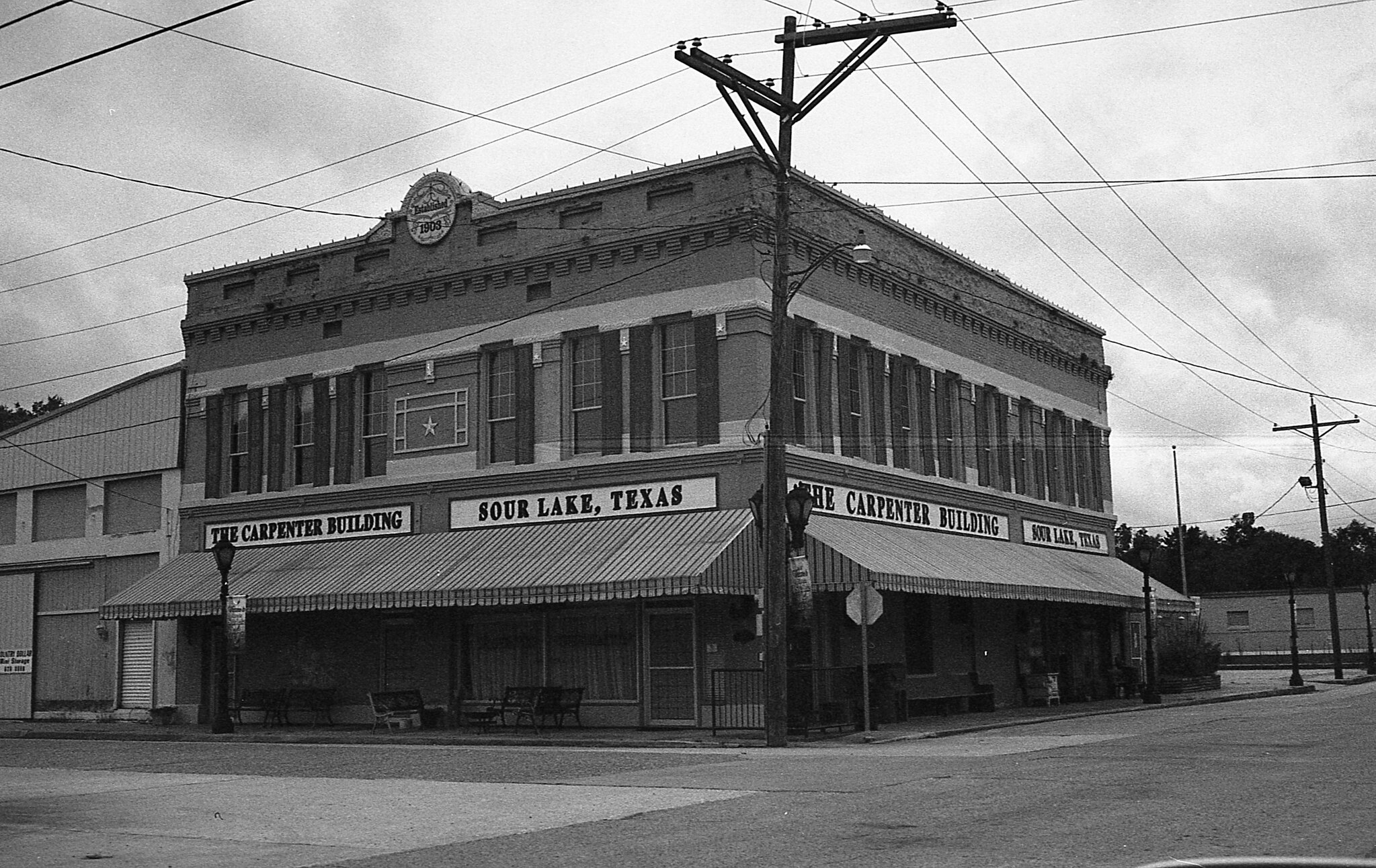
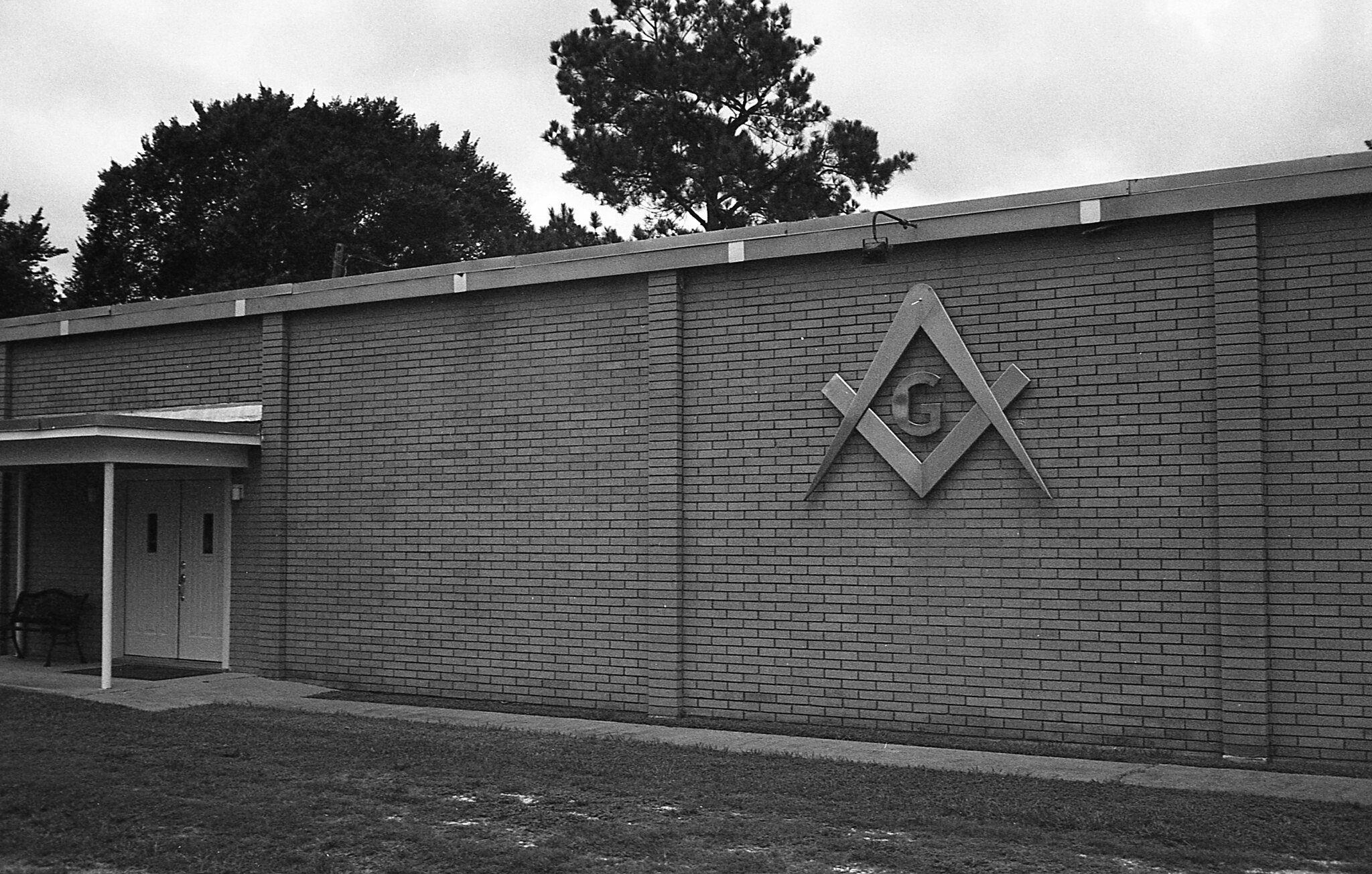
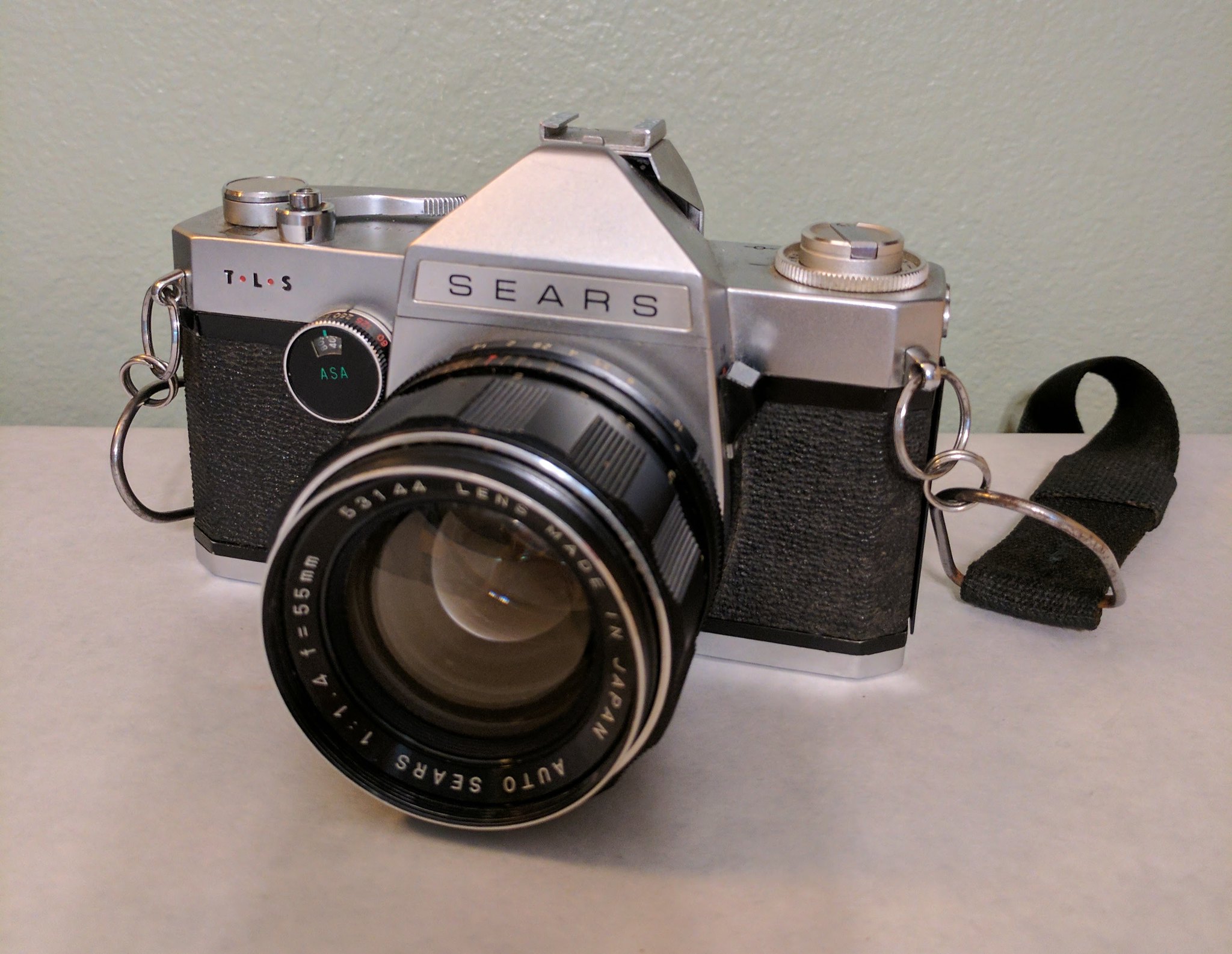
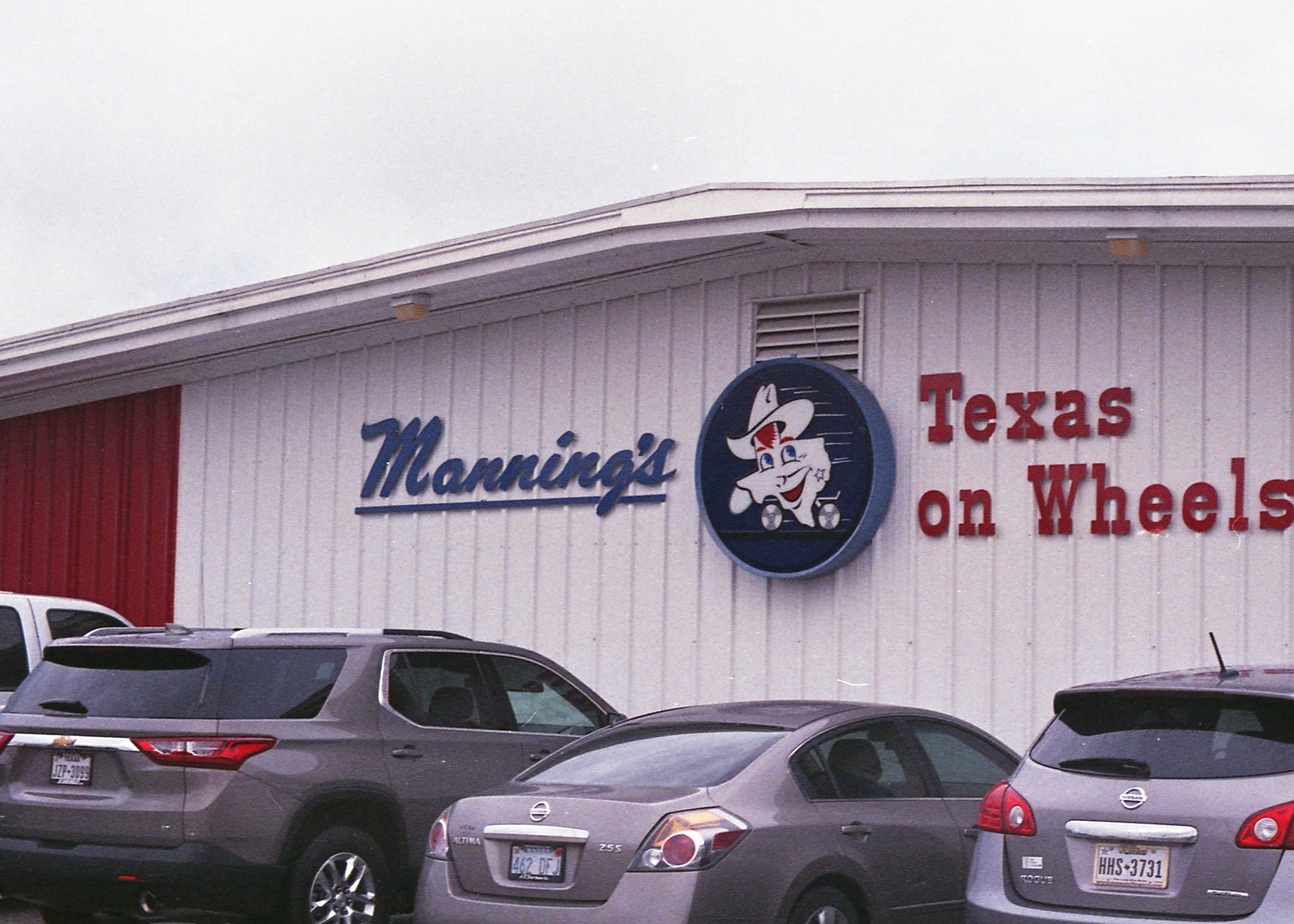
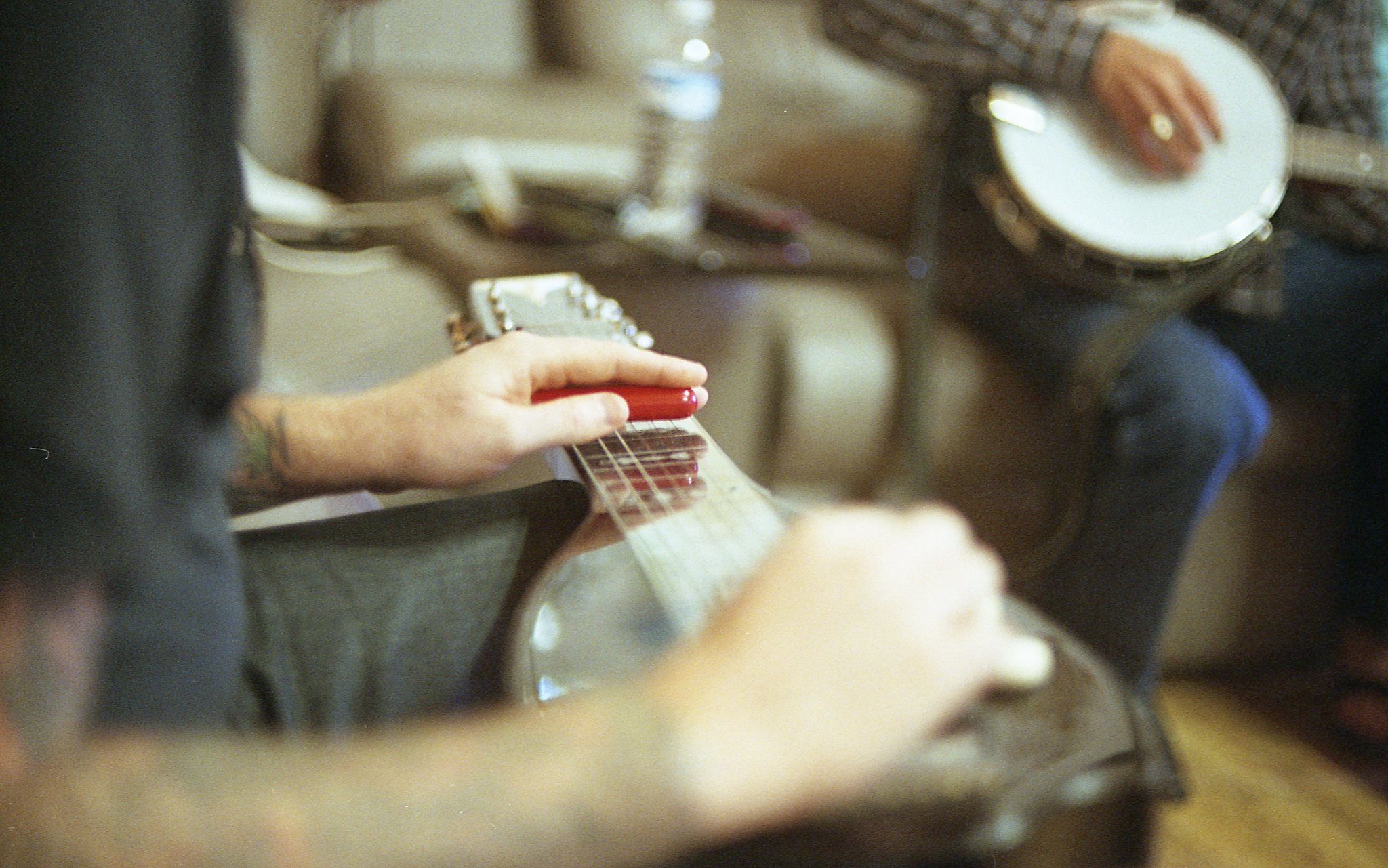

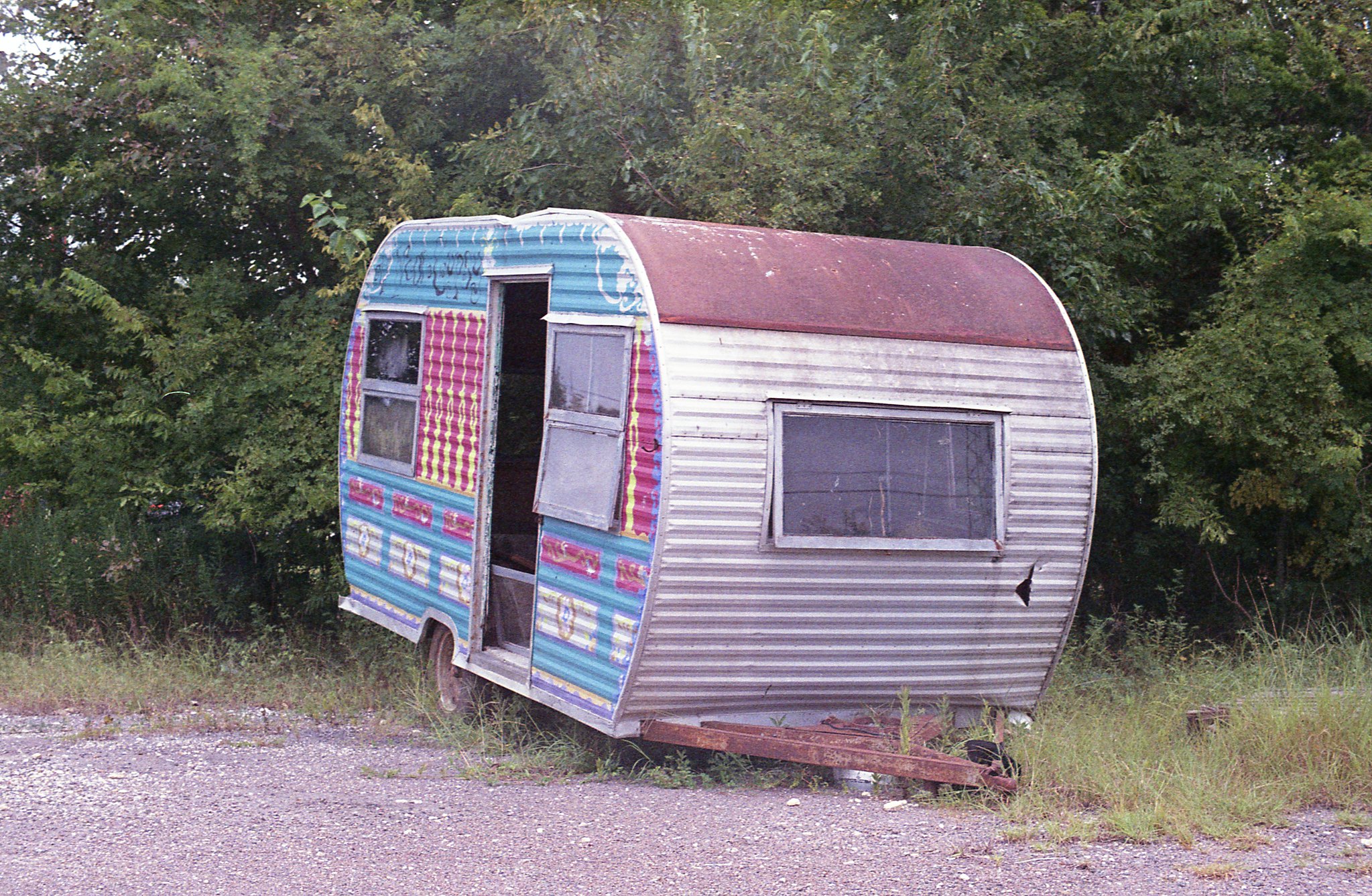

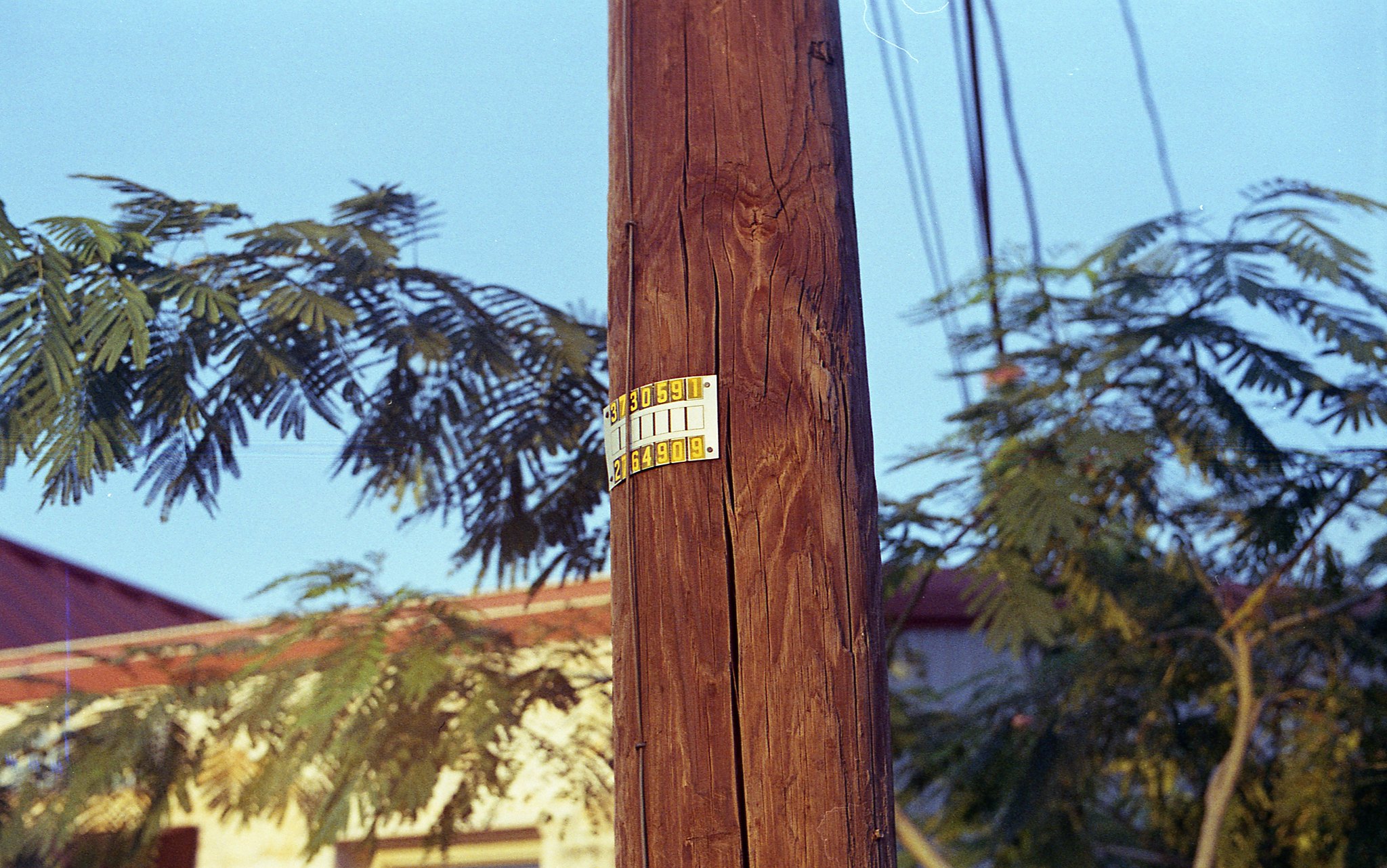
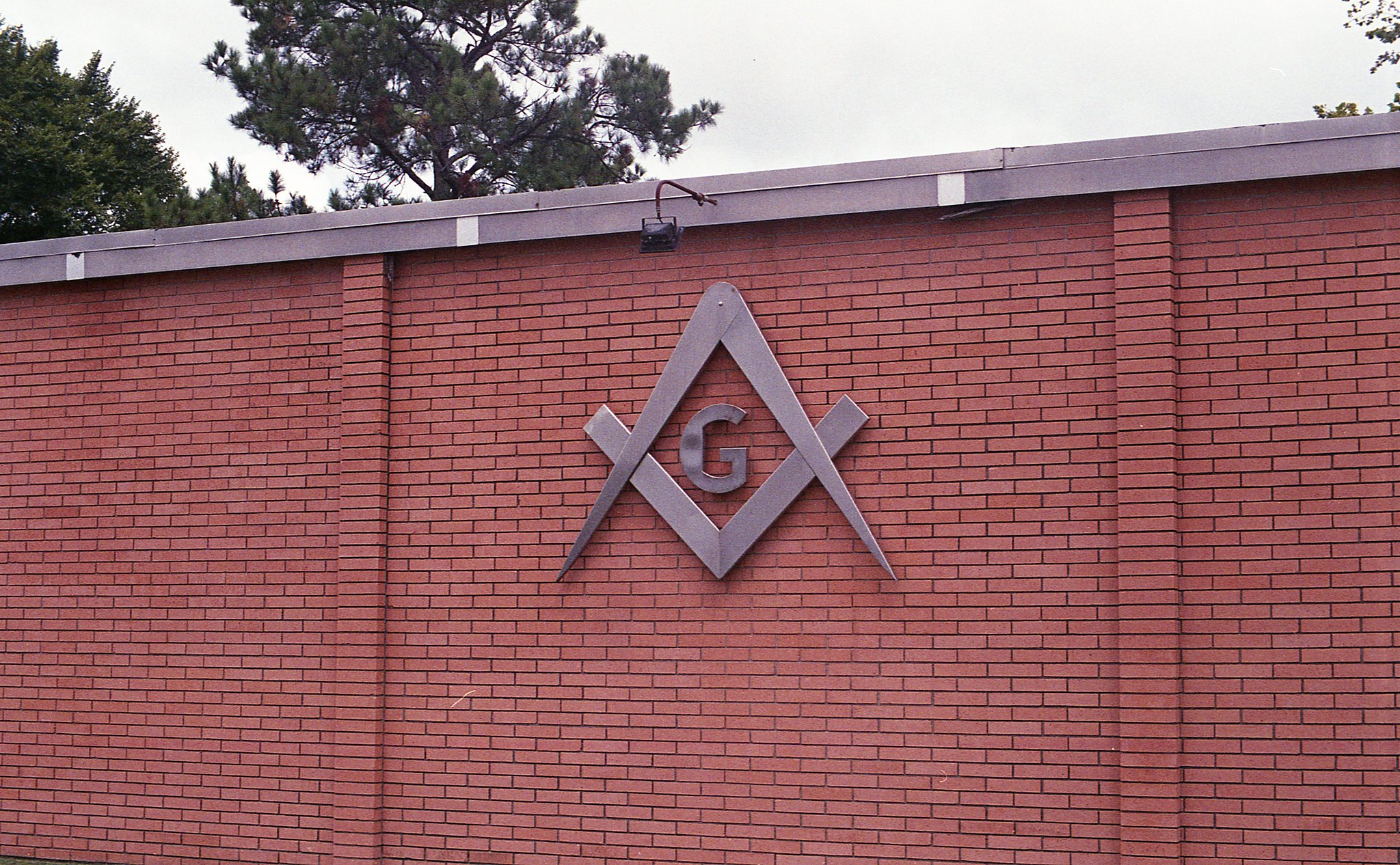



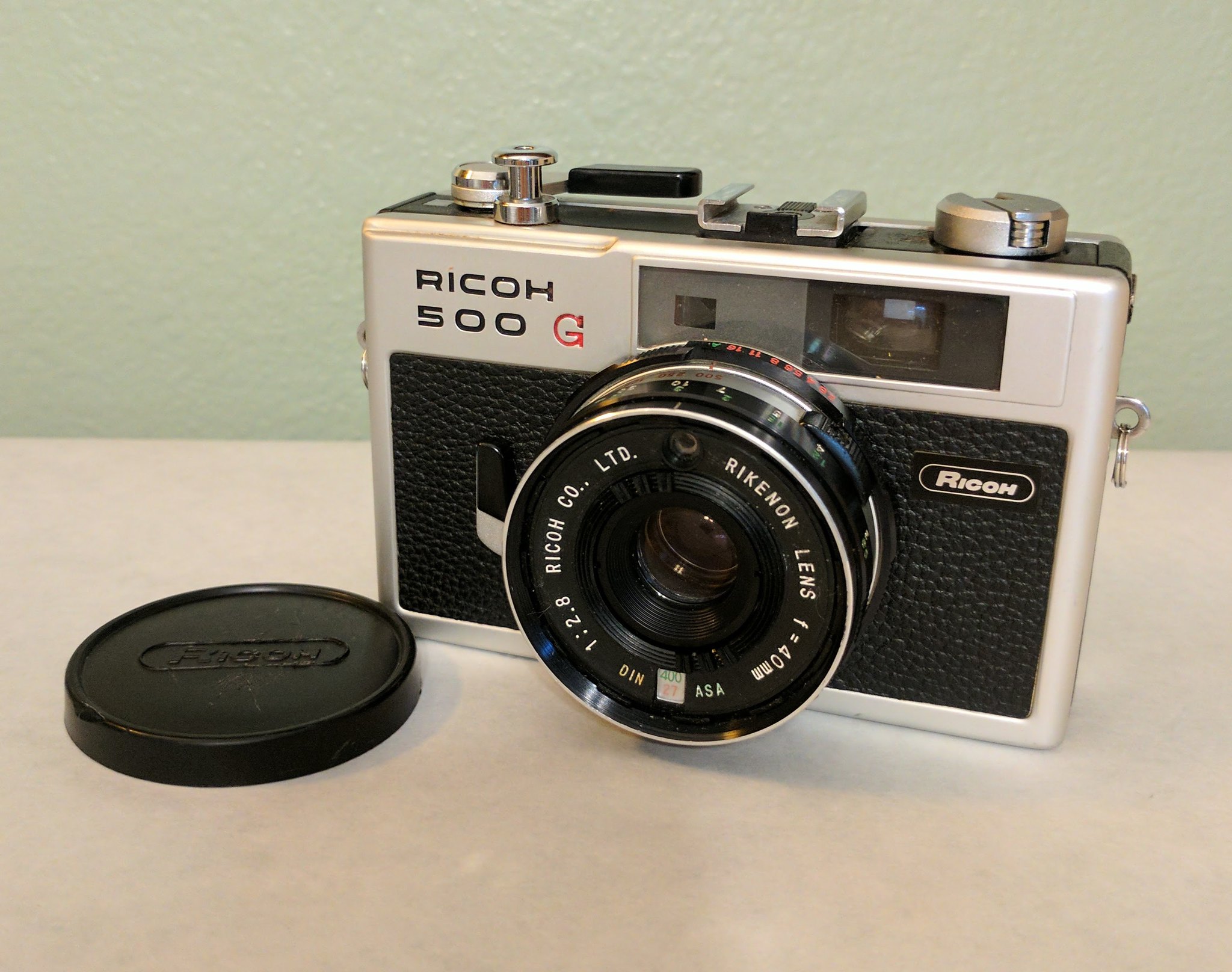 The Ricoh 500G is an excellent compact rangefinder. I would put it in the same class as the Olympus XA in terms of being able to produce consistently great quality images with the sharp Rikenon lens (40mm/f2.8). The camera is capable of shooting 25-800 ISO film with shutters speeds of 8/15/30/60/125/250/500 plus Bulb.
The Ricoh 500G is an excellent compact rangefinder. I would put it in the same class as the Olympus XA in terms of being able to produce consistently great quality images with the sharp Rikenon lens (40mm/f2.8). The camera is capable of shooting 25-800 ISO film with shutters speeds of 8/15/30/60/125/250/500 plus Bulb.